In contemporary home decoration, shower glass doors are no longer just functional partitions; they have become an essential visual focal point in the overall bathroom design. It not only blocks splashes and protects the floor, but also directly affects the transparency, overall style and daily use experience of the bathroom through details such as glass material, thickness, and texture. Have you ever been entangled in purchasing: ordinary glass is cheap, but you are worried that the scale is too obvious; frosted glass blocks privacy, but makes the space look depressing? Low-iron glass appears transparent but is more expensive; tempered glass is safe, but fingerprints are easily left on its surface. In addition, the various technical parameters are dazzling - safety factor, thickness selection, anti-fouling coating, edge treatment... Every factor affects the final effect.
This guide will systematically compare the advantages and disadvantages of mainstream glass door for shower materials, providing practical selection suggestions tailored to different bathroom space requirements. At the same time, we will also discuss installation suggestions, maintenance methods, and cost budgets to ensure that you can quickly determine which material is most suitable for your home's needs. Whether you prefer a transparent and light modern style, pursue high-end texture, or focus on practicality and privacy, this article can help you make a wise choice.
1. Overview of common materials
Understanding the characteristics of materials is the first step in selecting the right glass doors. The following table briefly compares the core advantages of mainstream materials and the areas that need to be paid attention to:
|
Material Type |
Main Advantages |
Usage Notes |
|
Tempered Clear Glass |
High strength, strong safety, cost-effective |
Prone to water spots, weak privacy |
|
Low-Iron Clear Glass |
Ultra-clear, no green tint, excellent visual effect |
Higher cost, requires careful installation |
|
Textured (Frosted) Glass |
Provides privacy, stain-resistant, and is easy to clean |
Slightly less transparent, not suitable for dark spaces |
2. Detailed analysis of materials
Ø Tempered transparent glass
As the most common shower glass, it exhibits high strength and impact resistance, along with good thermal stability. Even if it breaks, it will produce small particles that are unlikely to cause harm to people. Suitable for most families with reasonable budget control. However, it is easy to leave watermarks or soap stains on its surface, and the cleaning frequency needs to be increased. If you're looking for bright, transparent, and budget-friendly options, this is your first choice.
Ø Low-iron, high-transparency glass
Compared with ordinary glass, low-iron glass removes impurities, making the colour more vivid and the effect purer. Visually transparent, without green edges, it is very suitable for high-end bathrooms, high-end decoration and artistic spaces. However, the price is relatively high, and a professional team must operate the installation of brittle edges or edges to avoid the risk of bursting.
Ø Textured/fogged glass
Through surface artistic treatment, it can provide some privacy and reduce the appearance of water stains. Suitable for families with children or when the bathroom and bedroom are shared. However, the light transmittance after texture treatment is slightly inferior, and the dark space will appear dull. It is advisable to match it with the lighting design to enhance user comfort.

3. Size and thickness selection
Glass thickness is closely related to weight, which affects installation and visual effects:
8mm: standard thickness, suitable for most families;
10mm: more stable, suitable for large shower rooms or those who like heavy textures;
12mm: more expensive, suitable for extreme decoration.
When choosing, the strength of the mounting bracket and the load-bearing capacity of the structure should be considered to avoid safety hazards in the later stage.
4. Edge treatment and coating recommendations
Polished, rounded edges reduce the risk of cutting hands, which is the basis of a safe configuration.
Anti-fouling coating/nano coating: can effectively prevent scale and fingerprint adhesion, and extend the cleaning interval.
Aluminium alloy or beaded frame: enhances structural strength and facilitates the replacement of a single glass.
5. Installation and safety precautions
The installation must be carried out by a team with qualifications in glass installation.
Ensure that the wall is stable and the drainage is smooth.
Avoid stress on the edge of the glass and keep appropriate installation seams.
Regularly check the sealing strips and slide rails to prevent water leakage and deformation.
6. Cleaning and maintenance methods
Daily rinse + wipe dry with a soft cloth: prevent scale deposition;
Wipe with glass cleaner or vinegar water spray every week.
Keep the bathroom dry and ventilated to avoid mould.
Regularly inspect the pulleys and hinges to ensure they remain lubricated and smooth.
7. Budget reference and purchase suggestions
² Tempered glass: budget-friendly and practical;
² Low-iron glass: high-end, highly transparent, good-looking, and expensive;
² Frosted/textured glass: practical and privacy-conscious, with medium cost-effectiveness.
When purchasing, plan the material cost, hardware configuration, installation cost, and post-maintenance expenses together to avoid unexpected costs.
Conclusion
As an indispensable part of the modern bathroom, the shower glass door not only serves to separate the space between dry and wet areas but also significantly impacts the overall visual beauty and user experience. Through a detailed comparison of tempered transparent glass, low-iron glass, and textured fogged glass in this article, it is clear that each material has its unique advantages and applicable scenarios. The key is to make a reasonable choice based on your own needs, decoration style, and budget. If you prioritise transparency and beauty, low-iron glass is a worthwhile investment; if you focus on practicality and privacy protection, frosted or textured glass will be the preferred choice. When purchasing, do not overlook details such as glass thickness, safety treatment, and anti-fouling coating, which will significantly impact the subsequent use. A good shower glass door not only improves the quality of living but also makes daily bathing an absolute enjoyment. Please choose the right material and create an ideal bathroom space during your decoration journey.

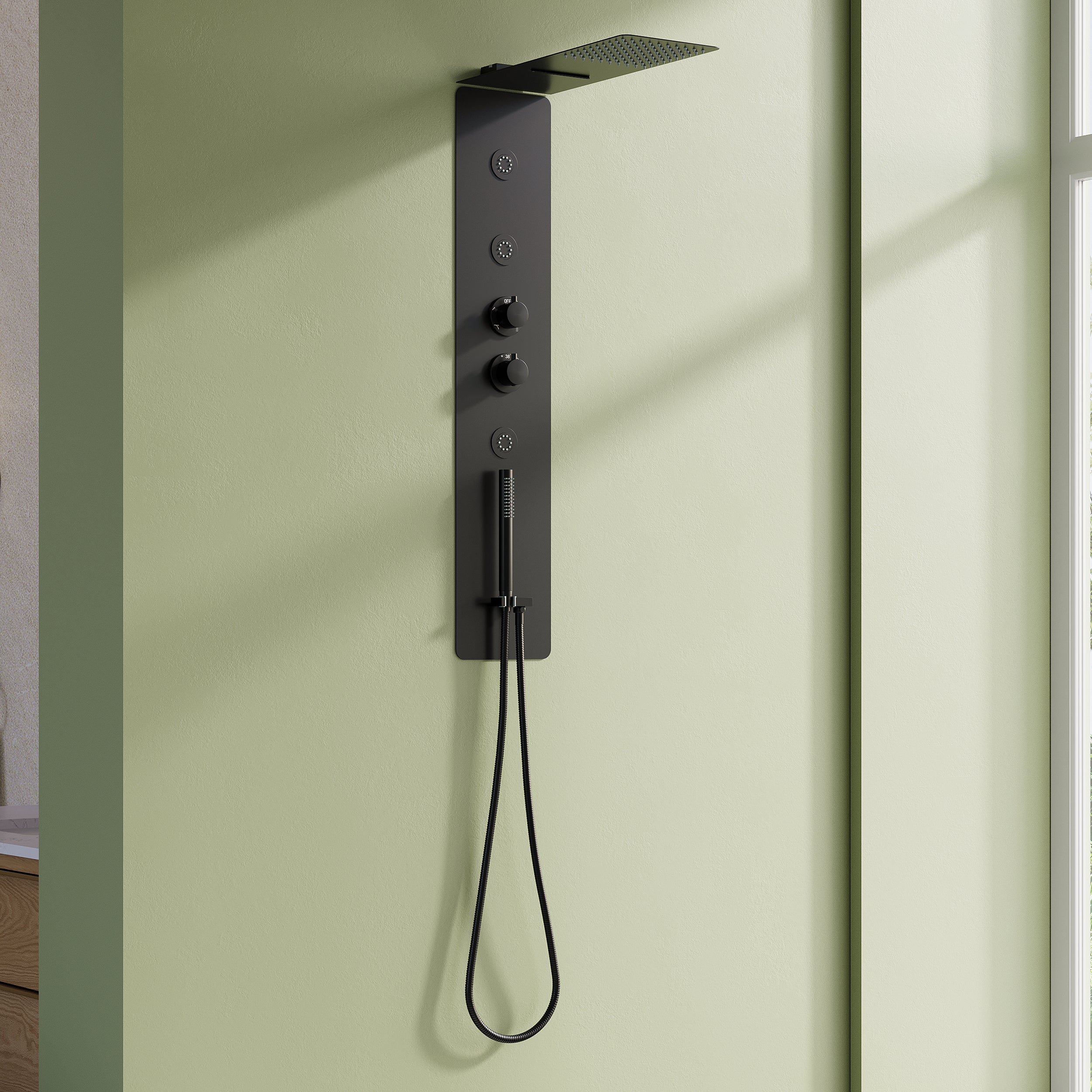






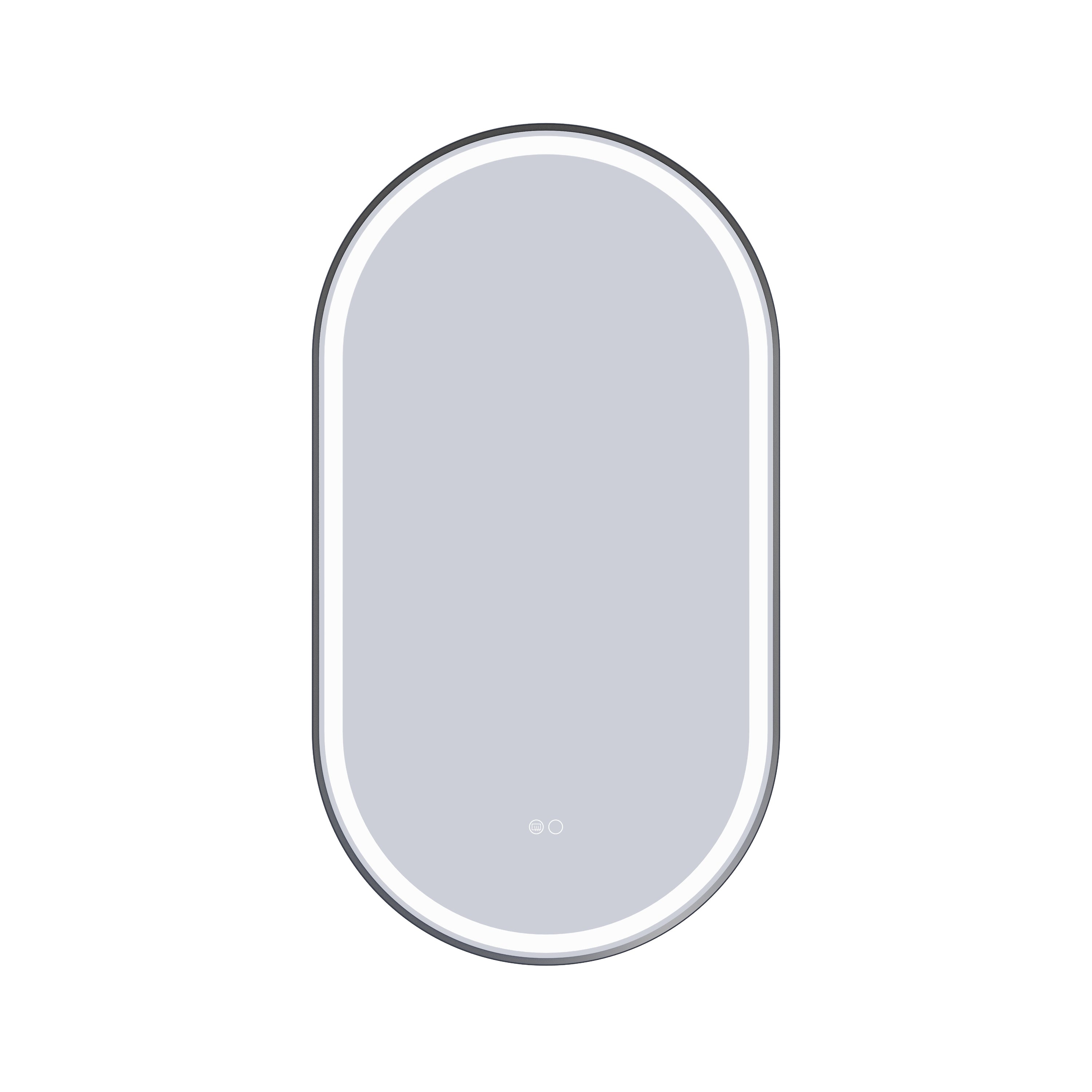
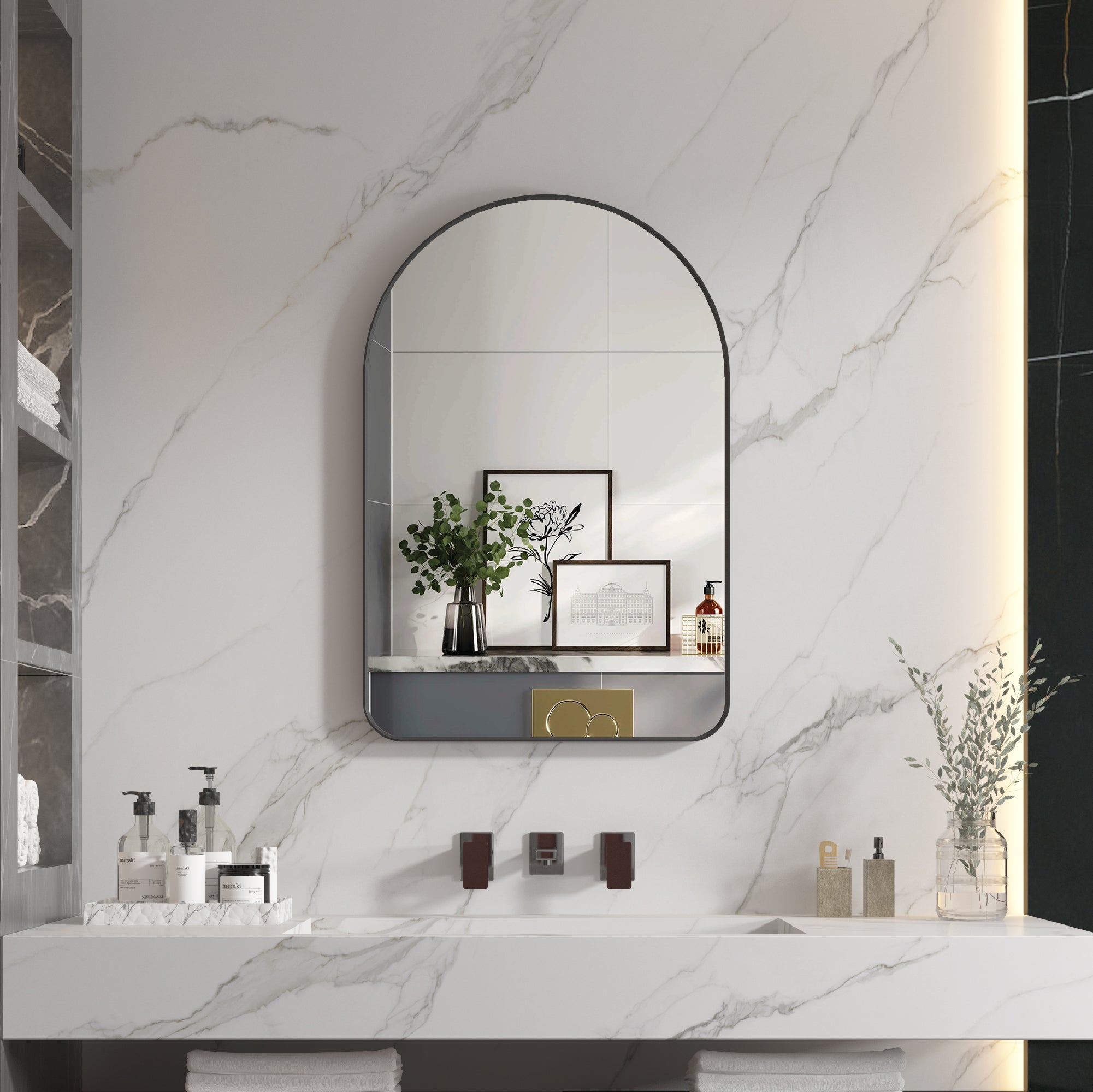
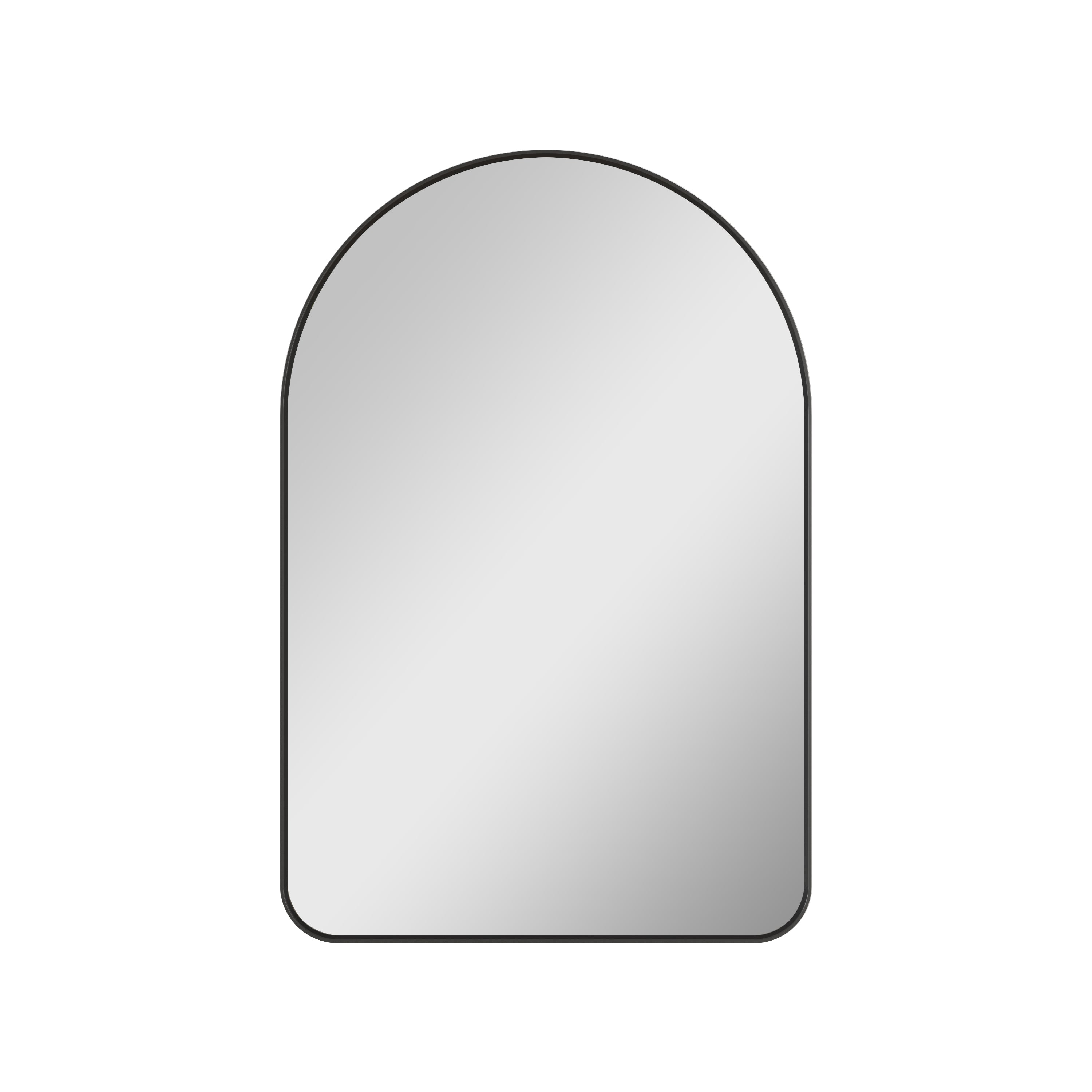

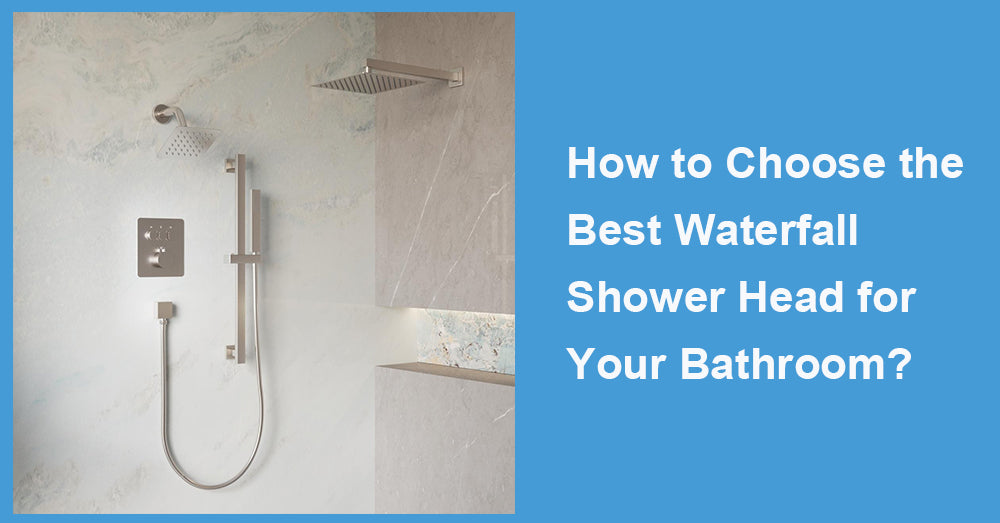
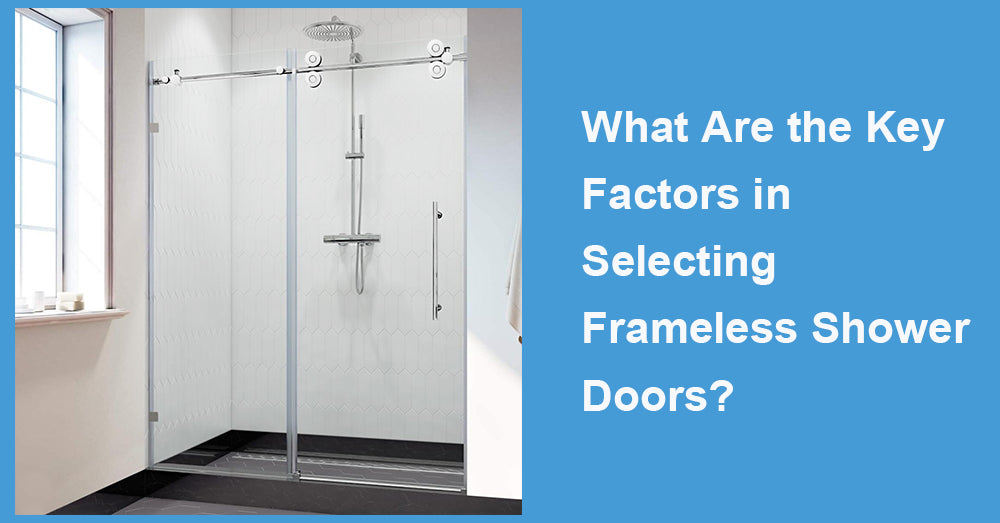
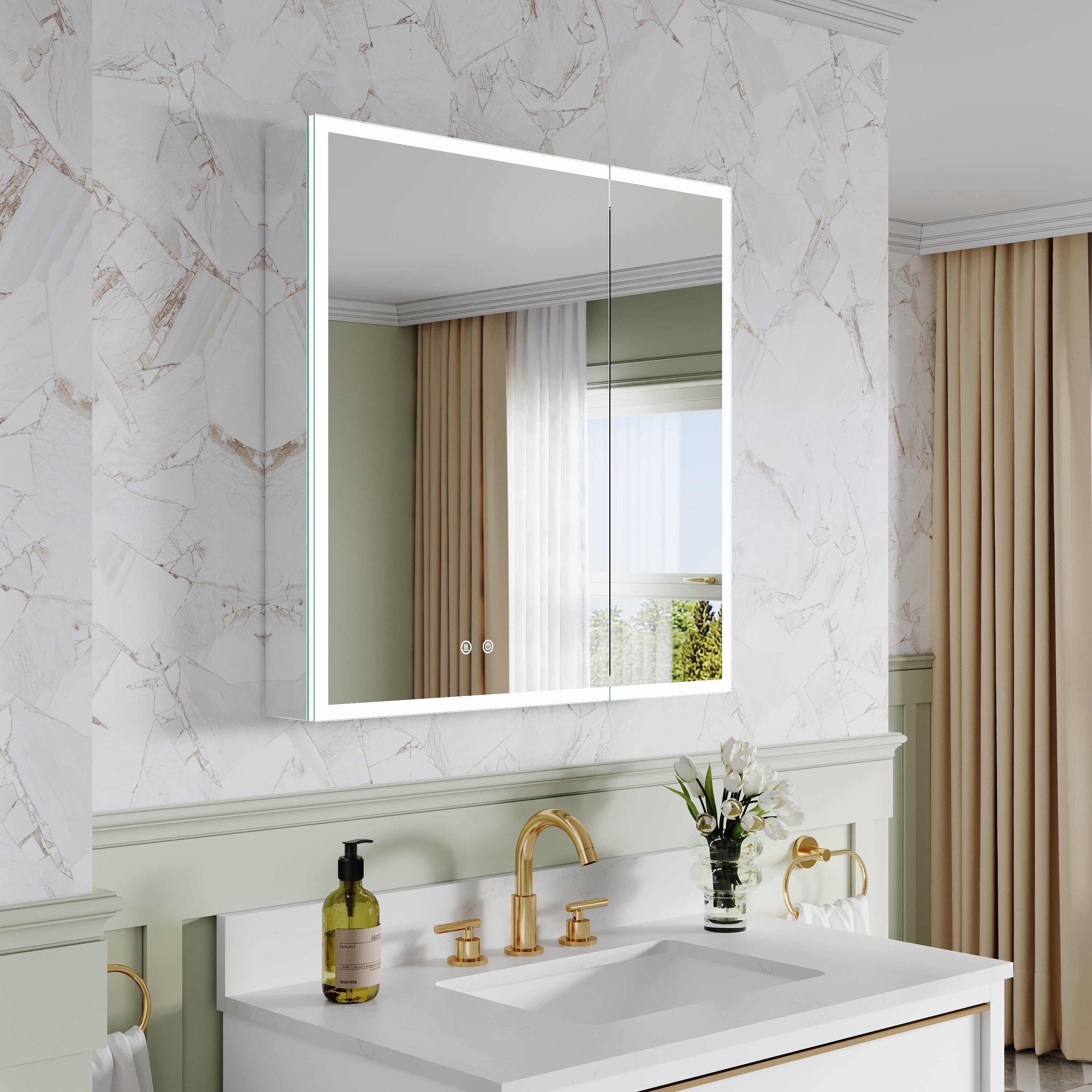
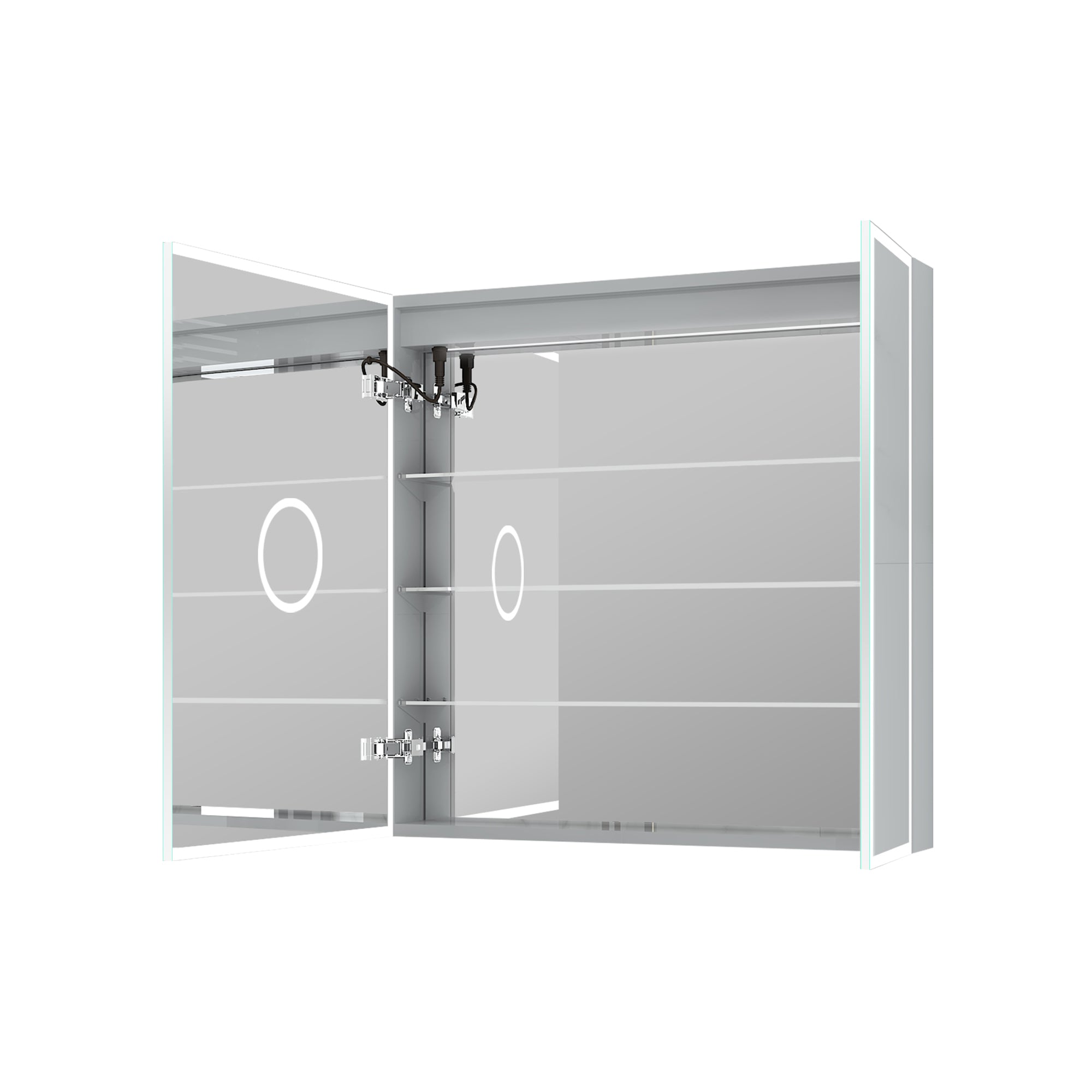
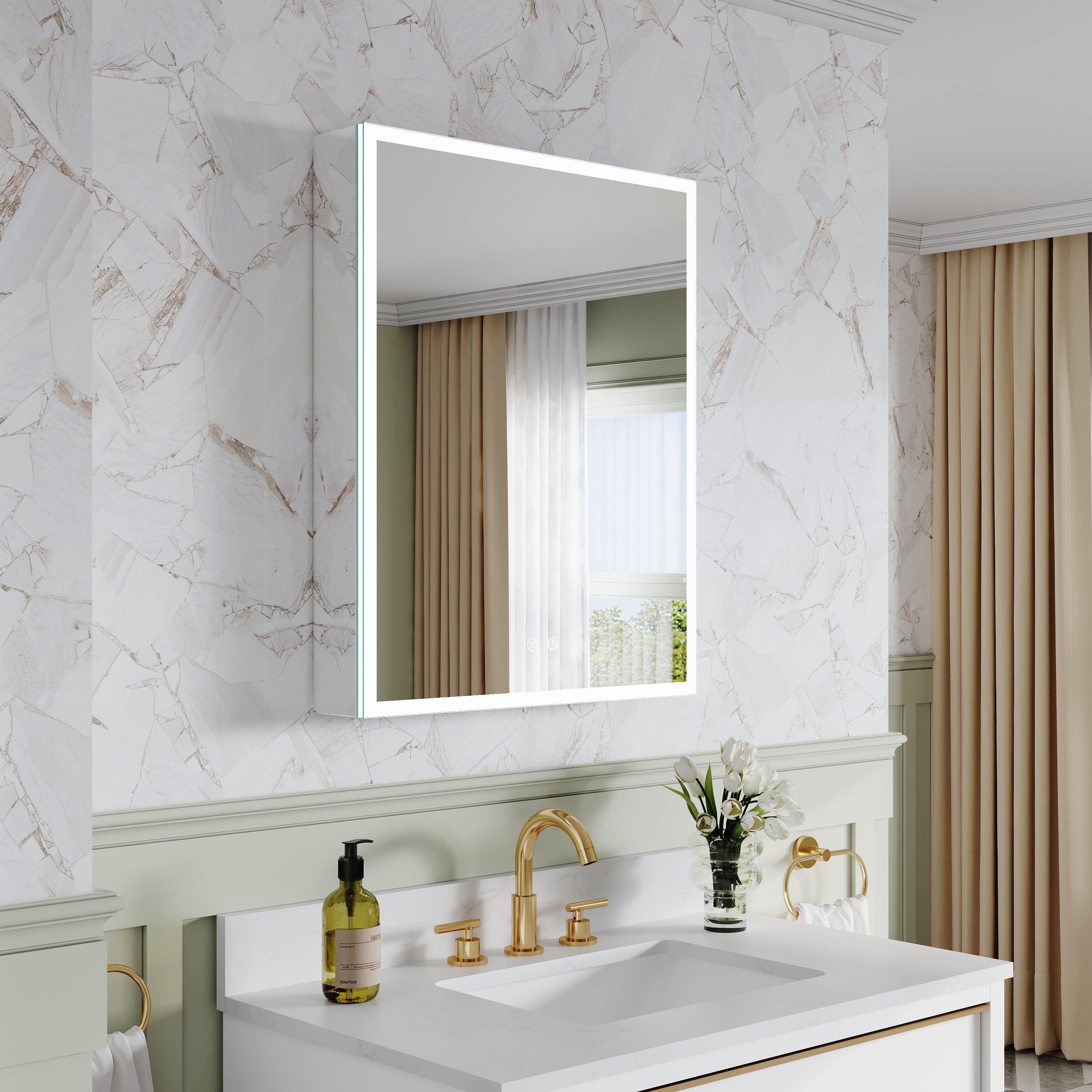
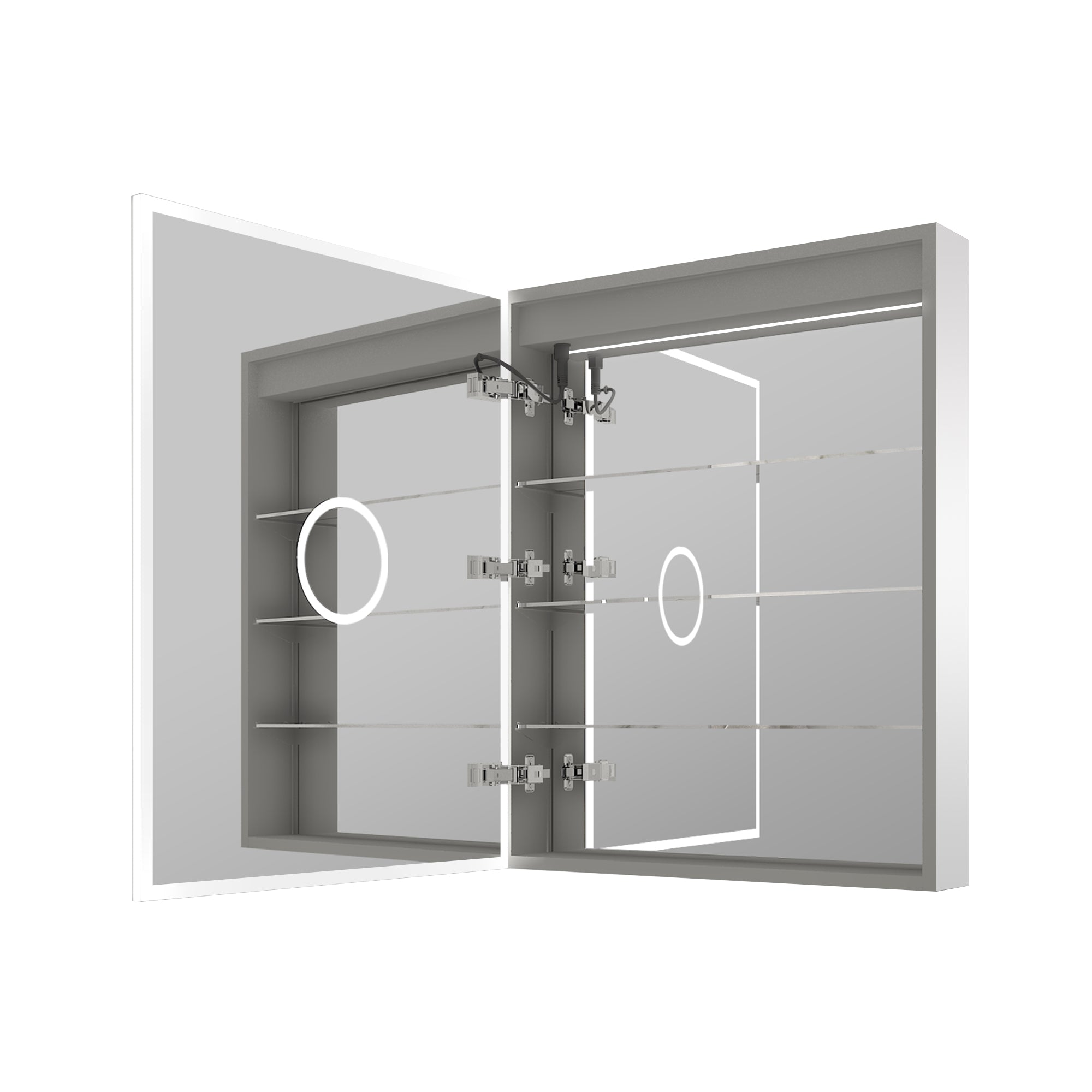
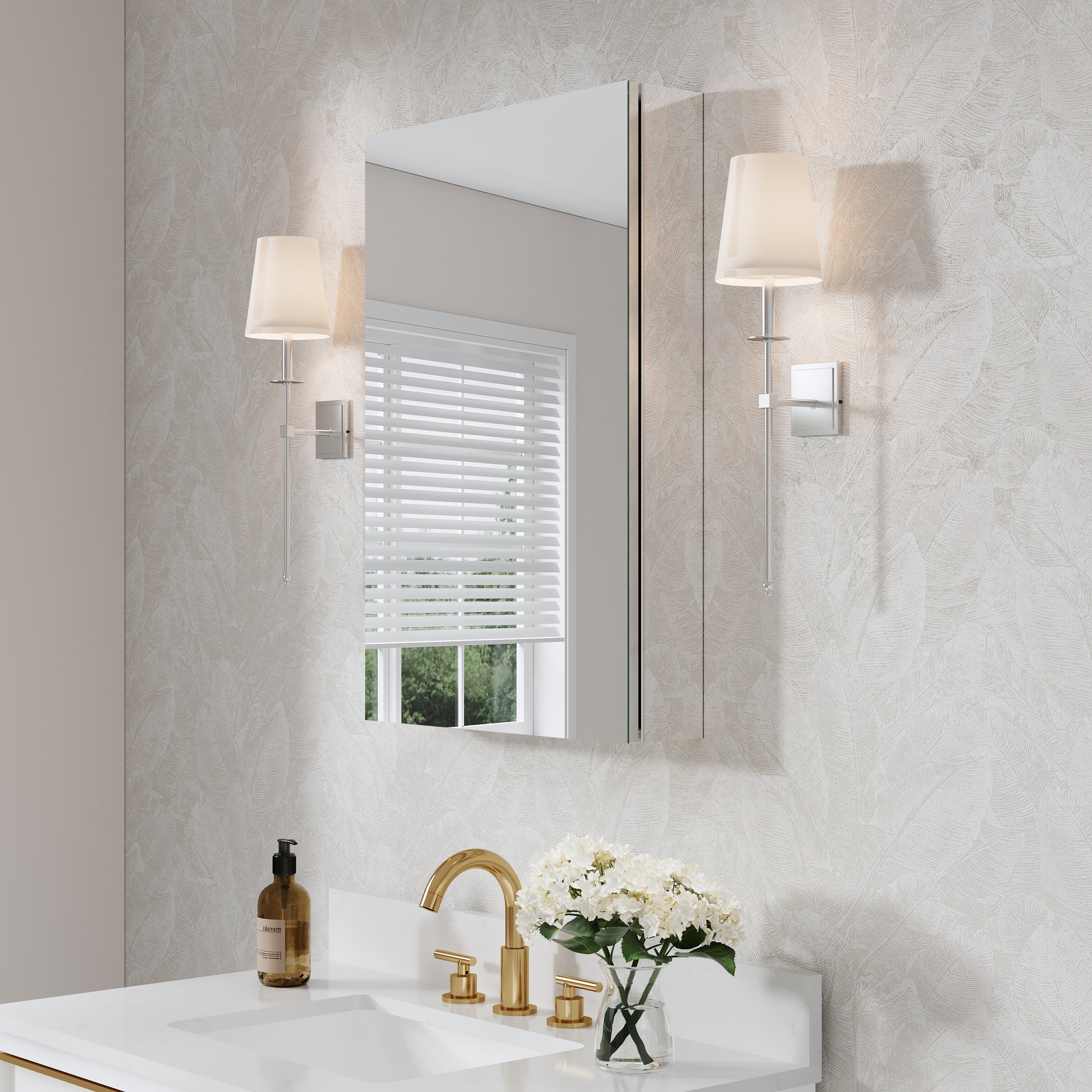
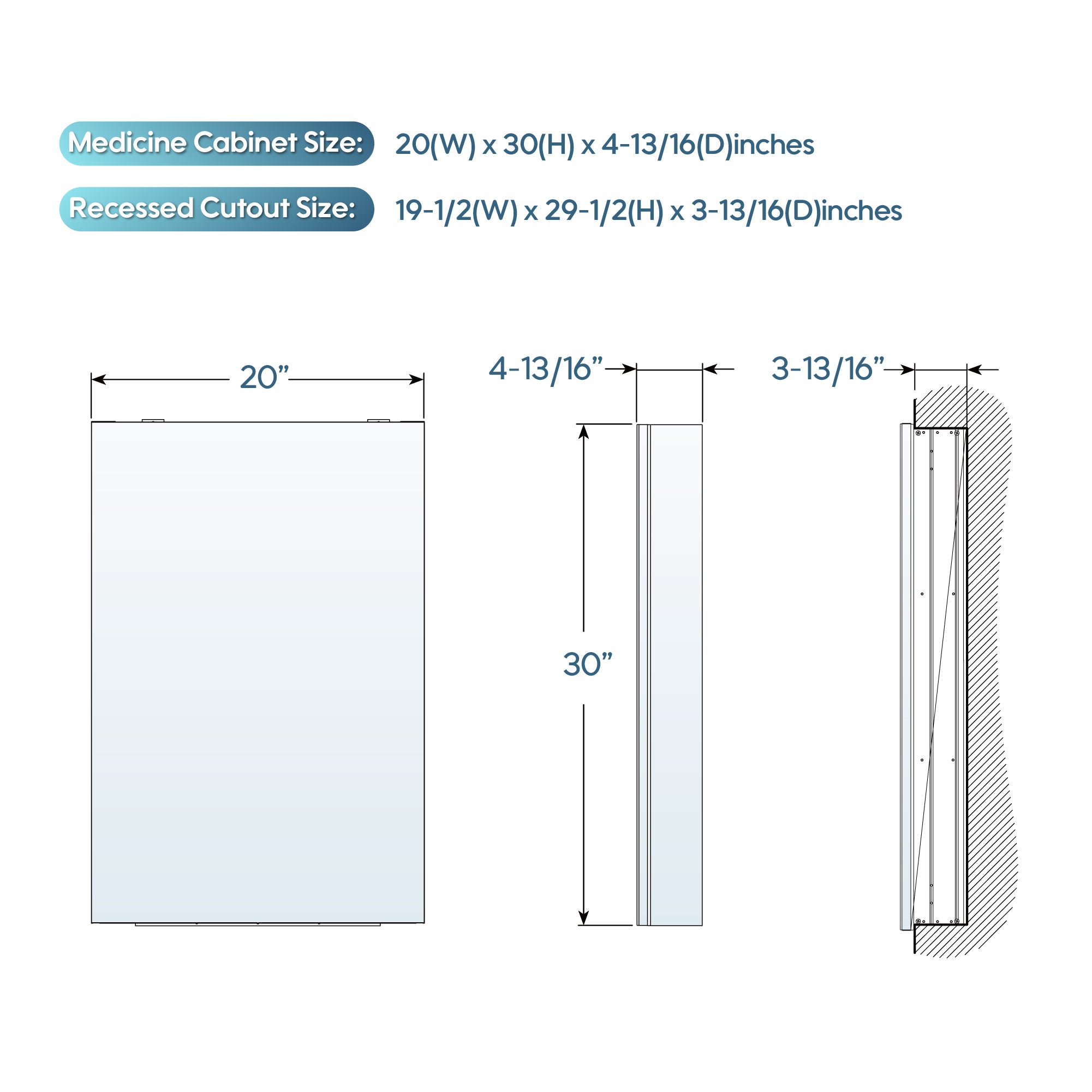
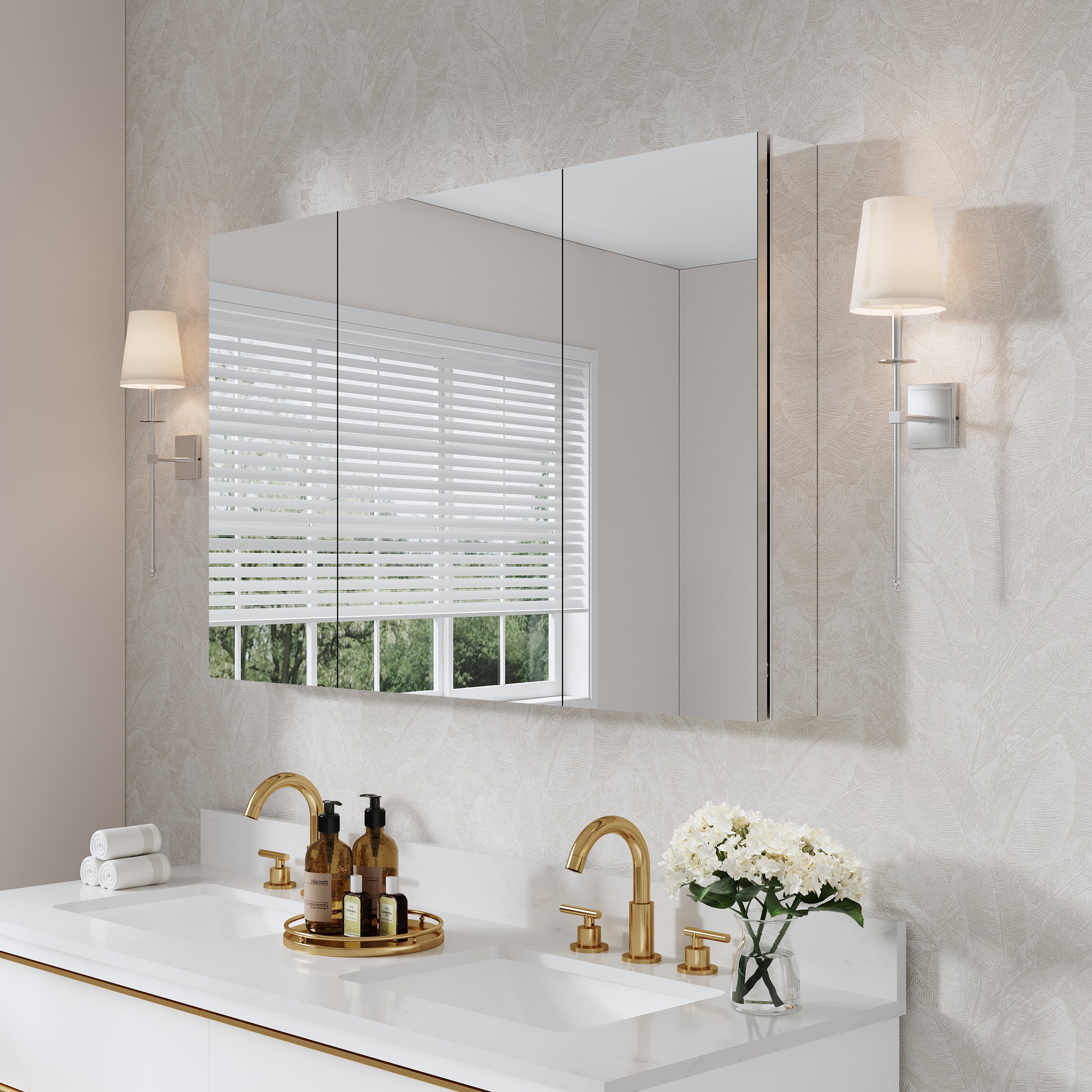
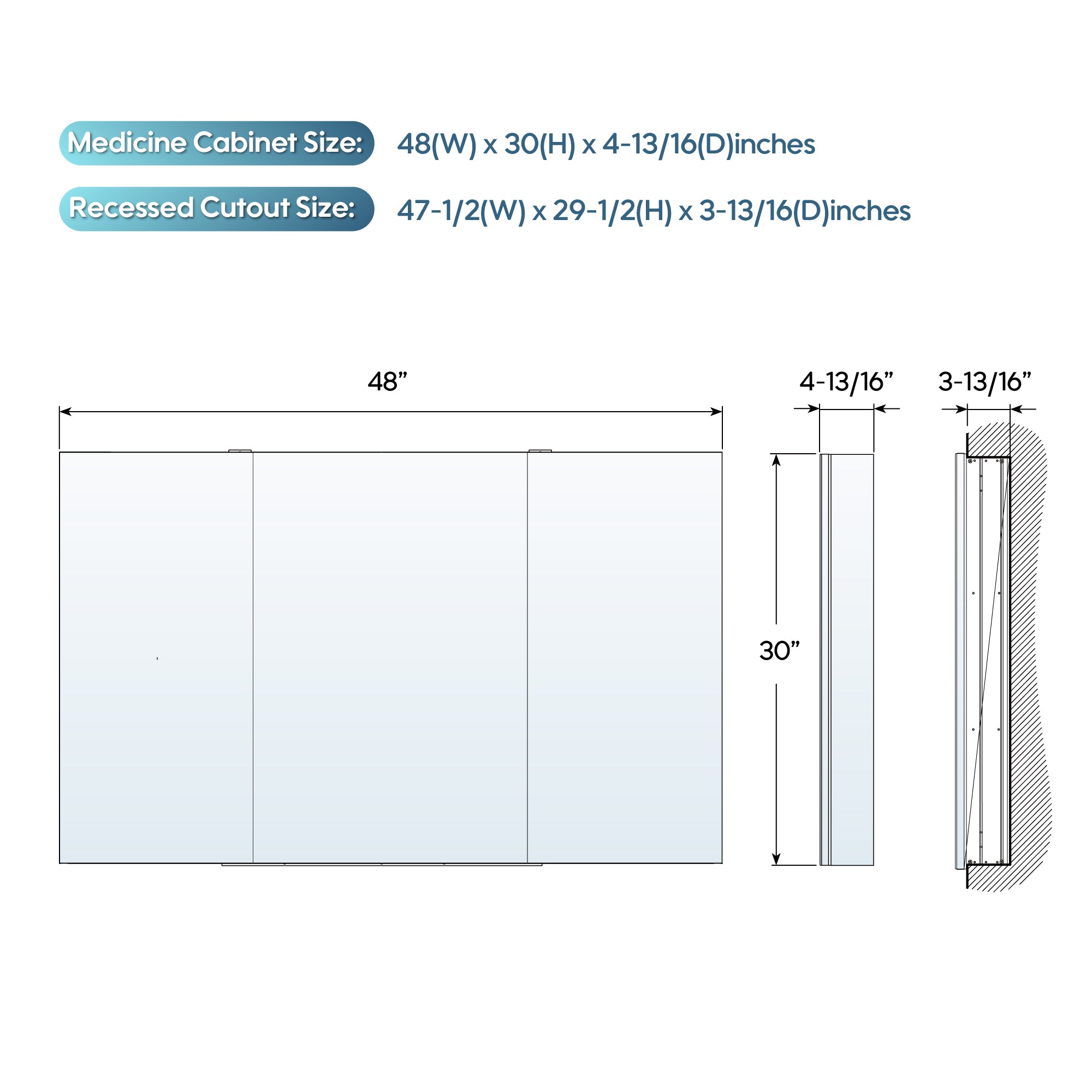
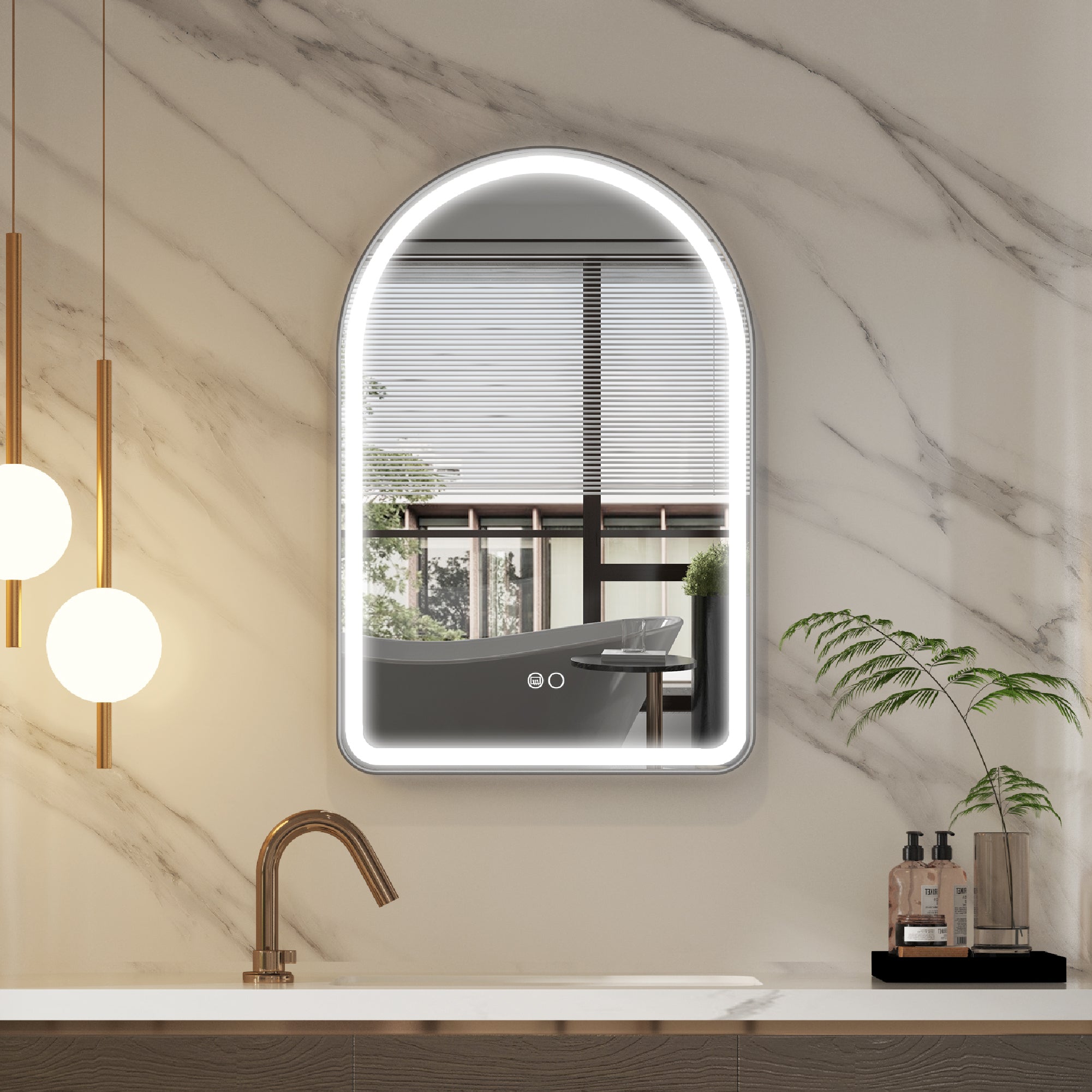
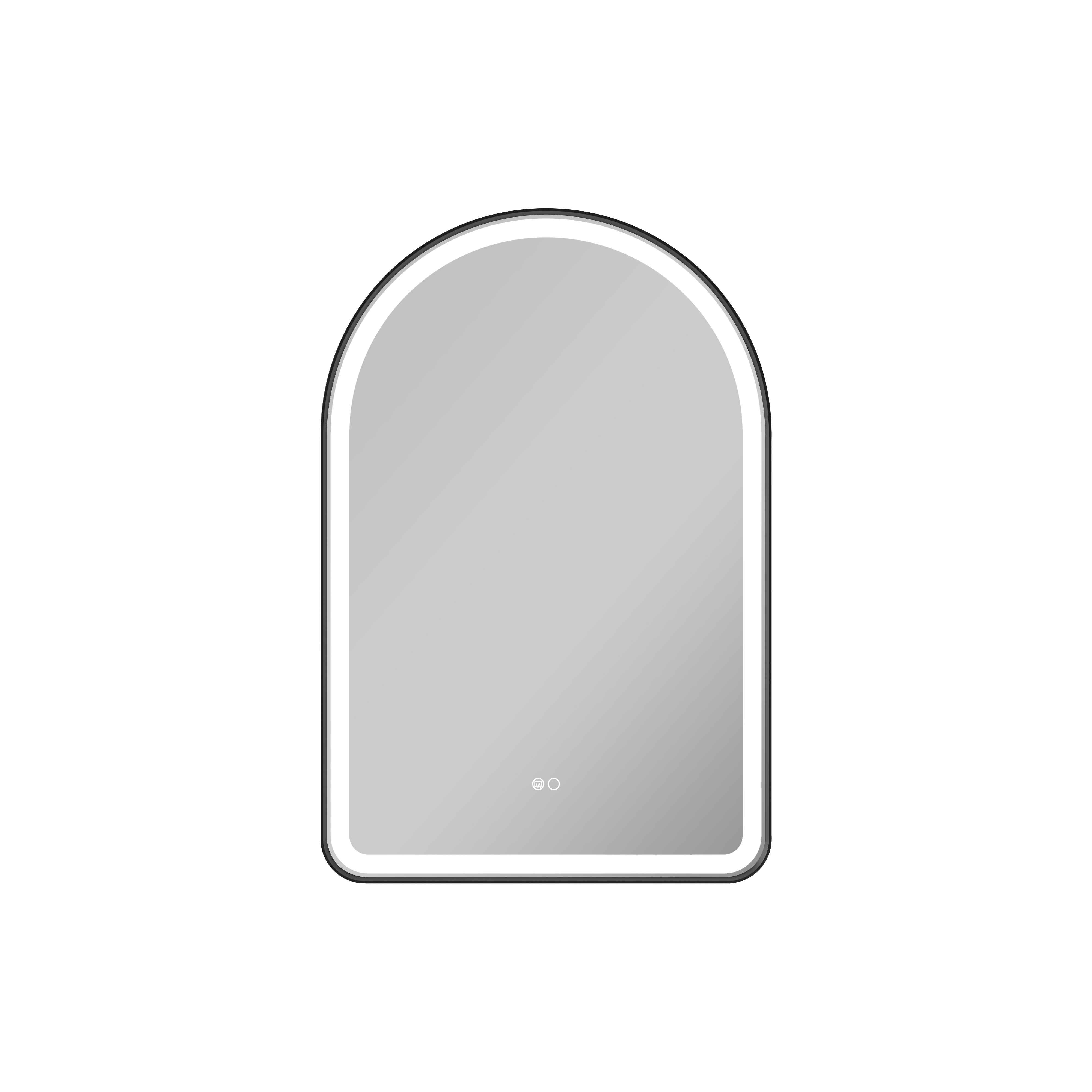
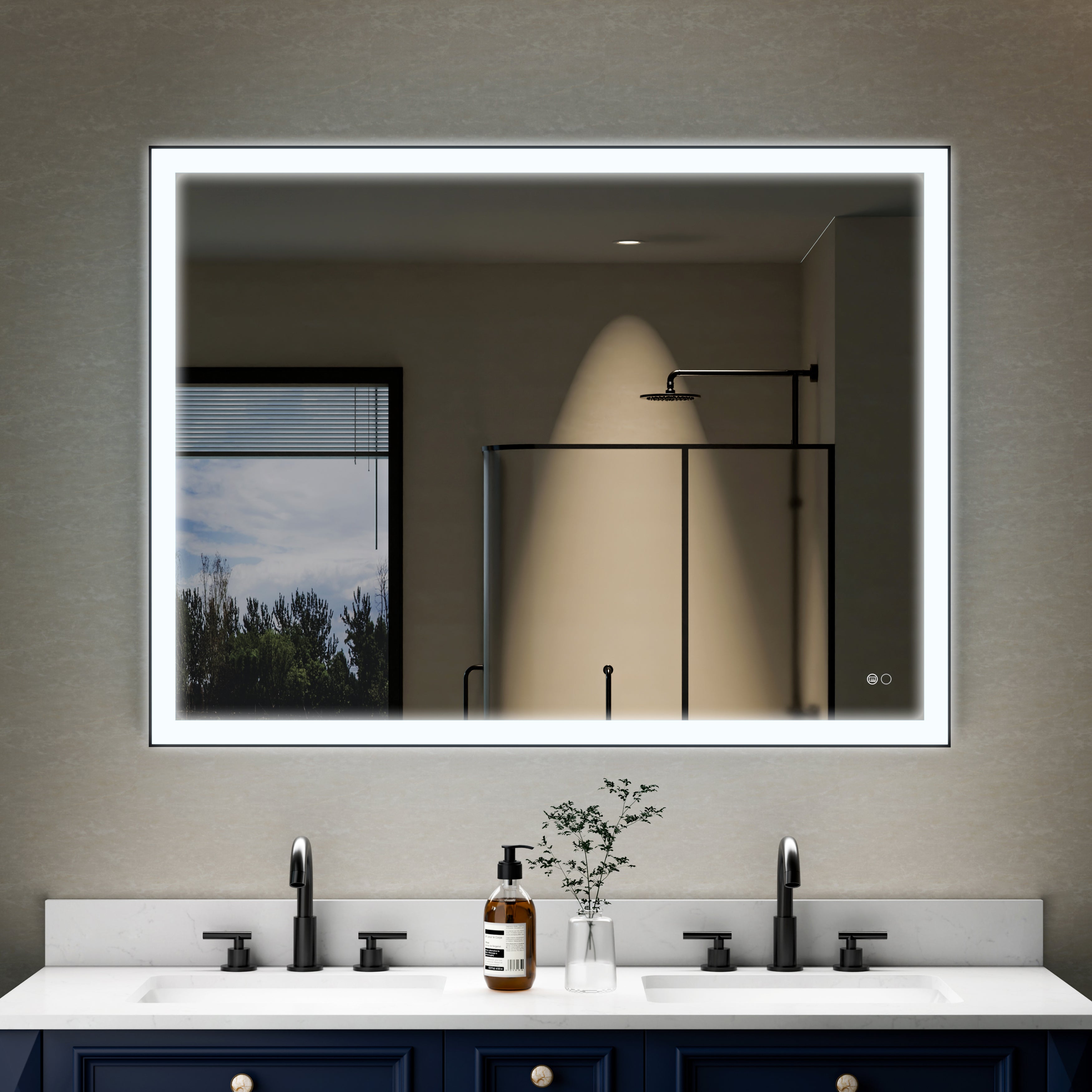
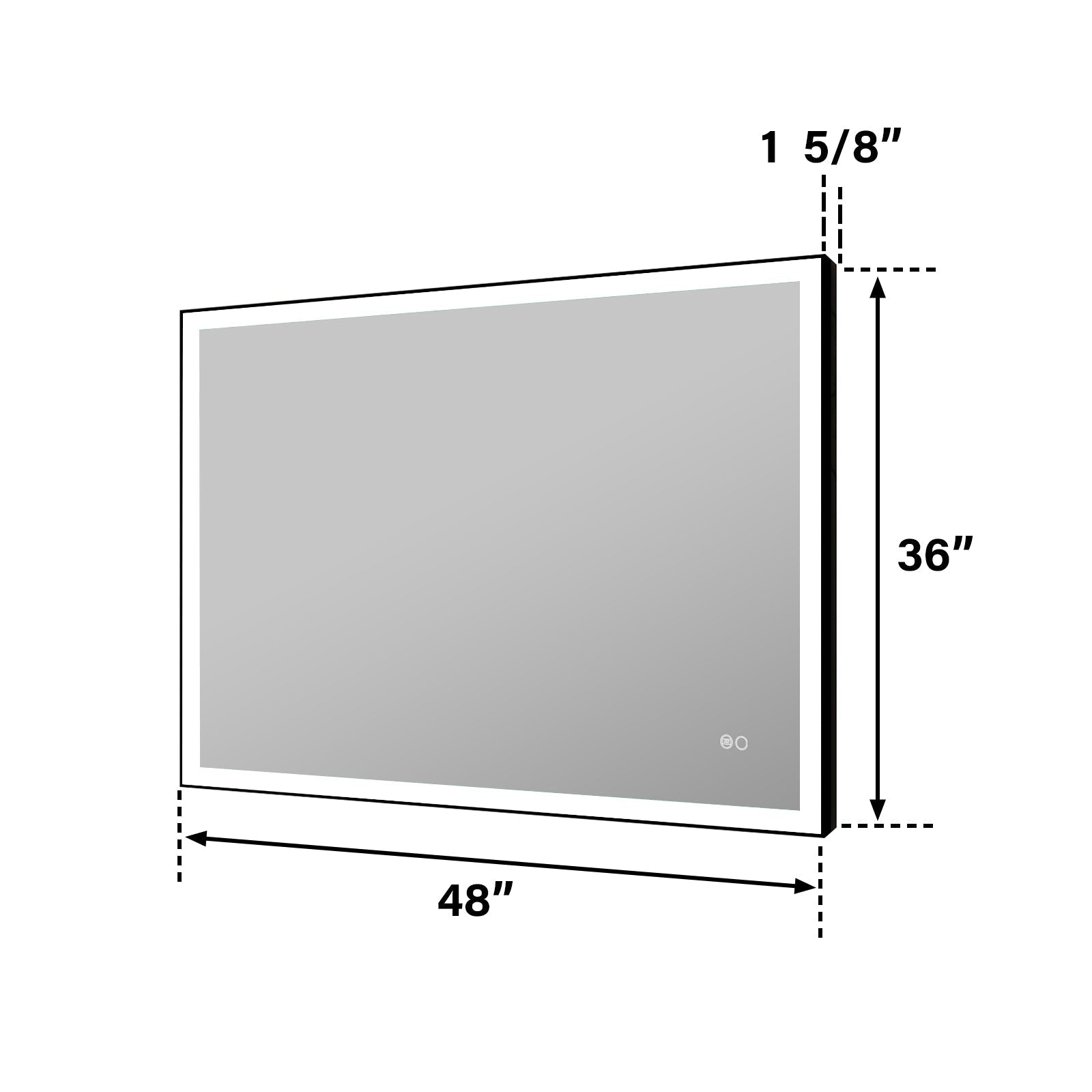
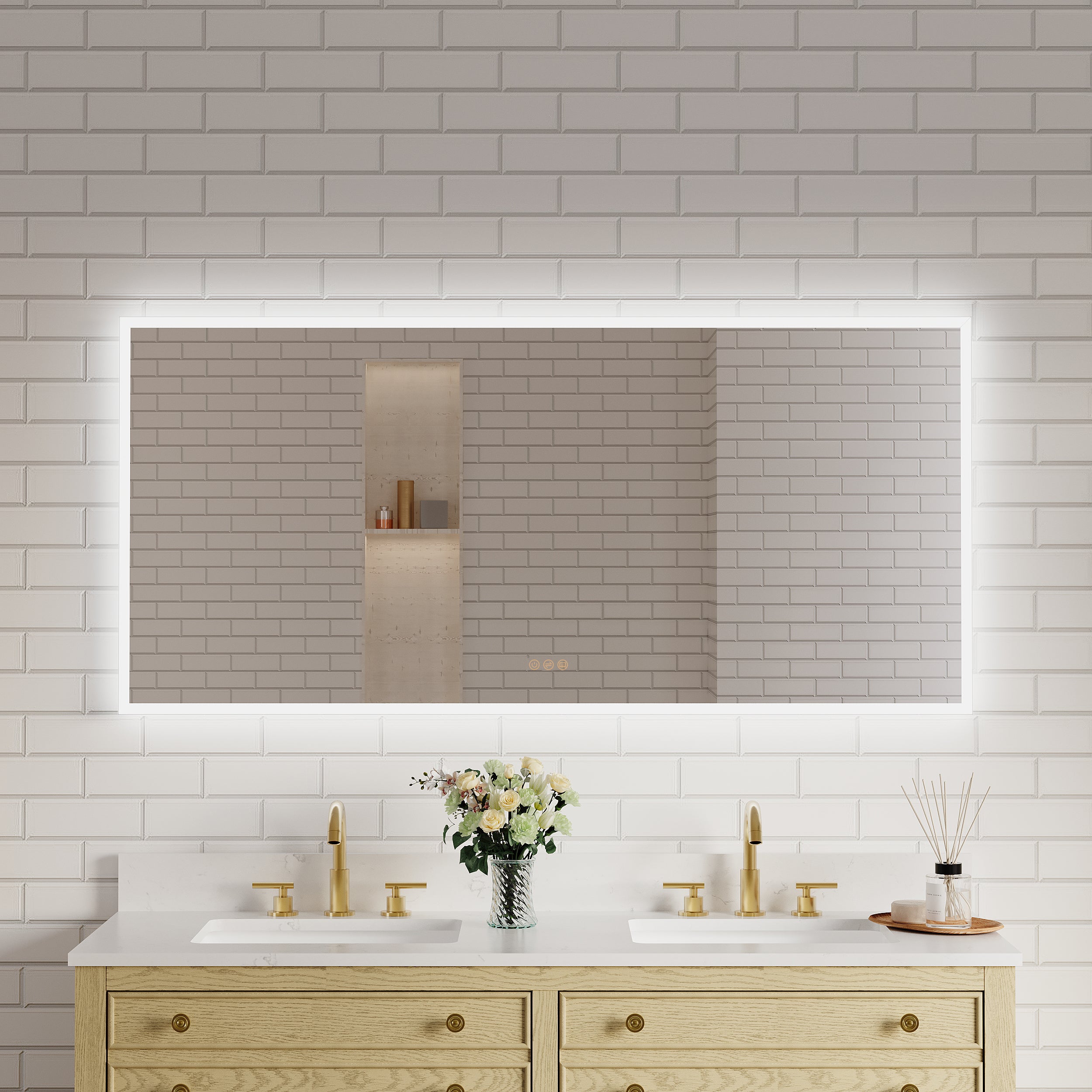
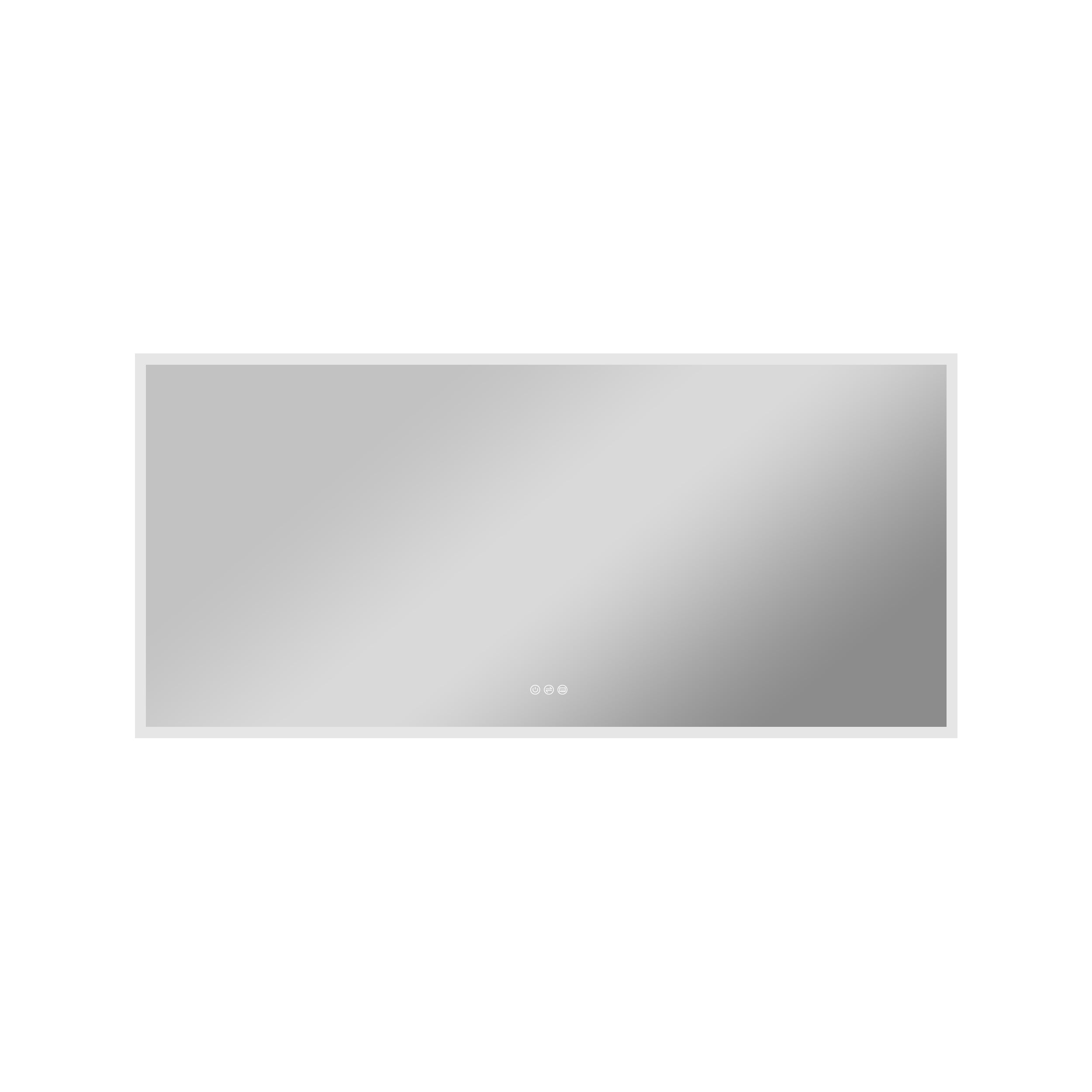
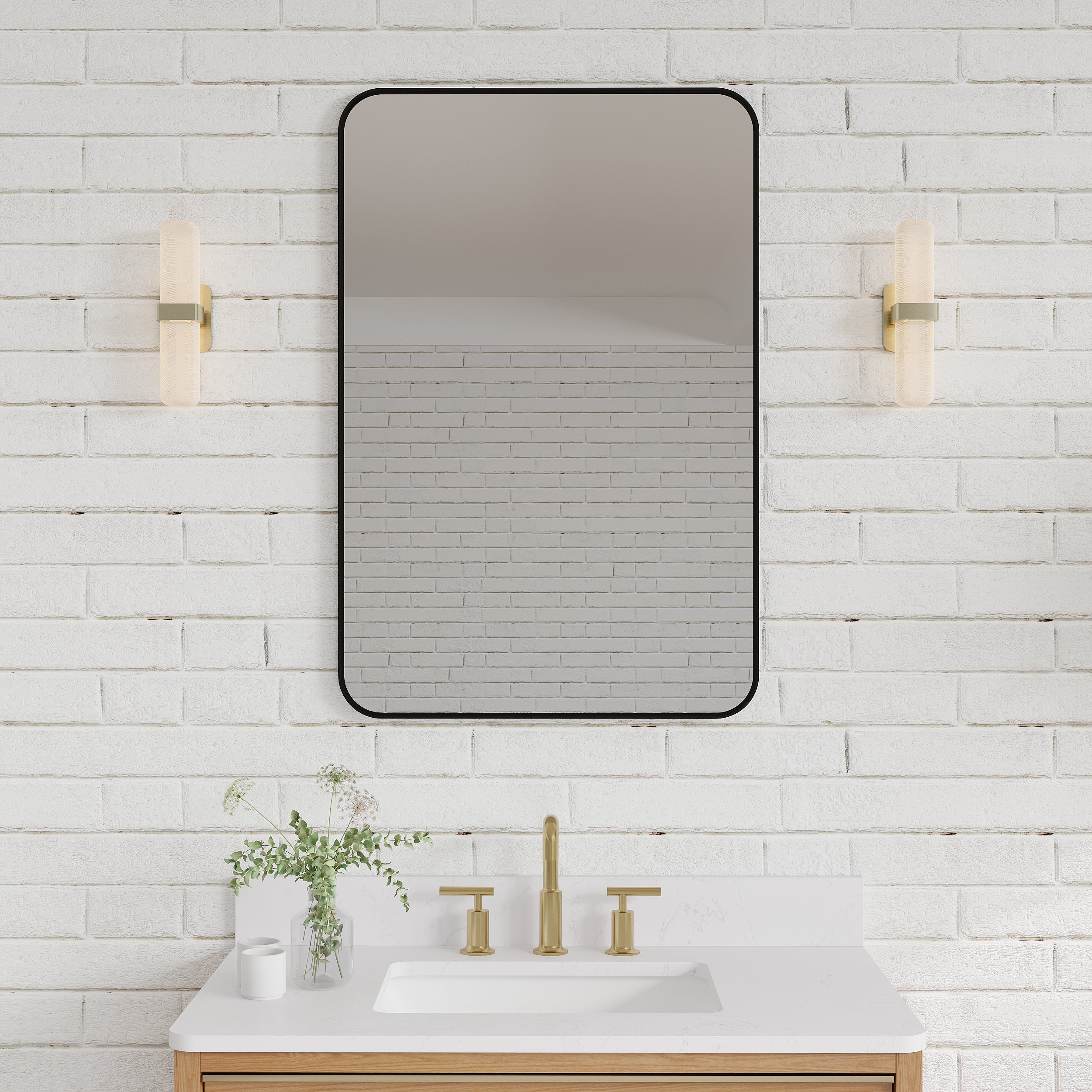
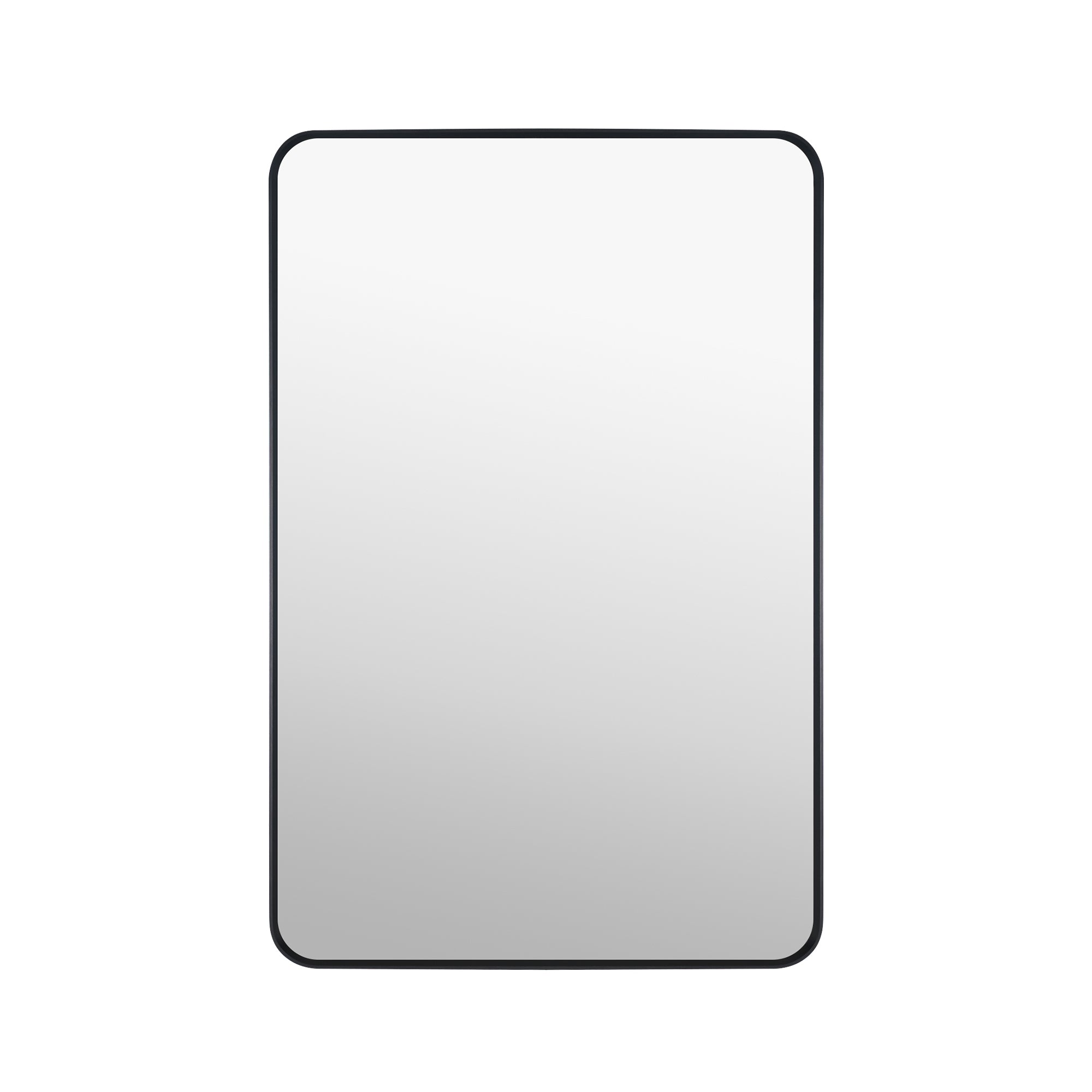
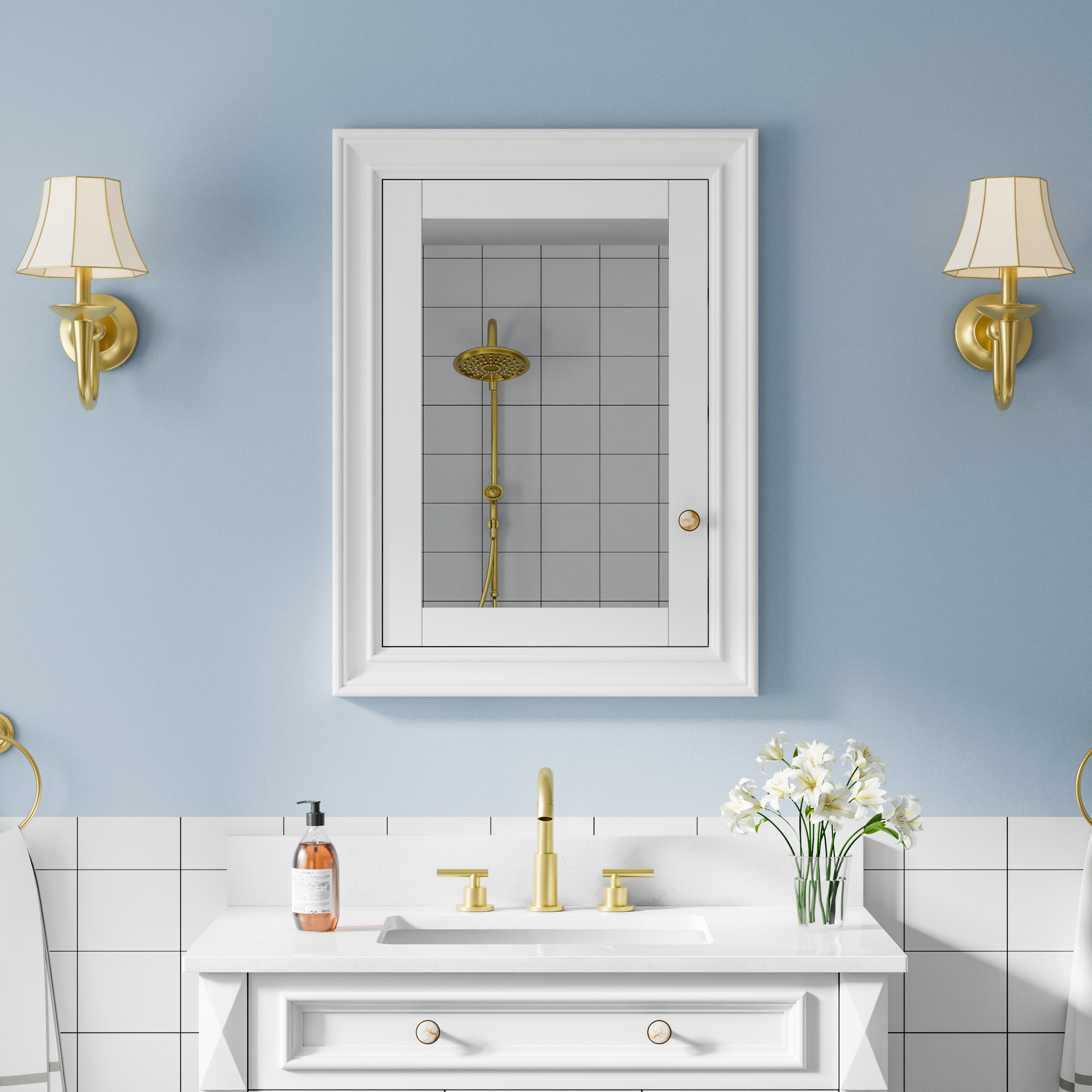
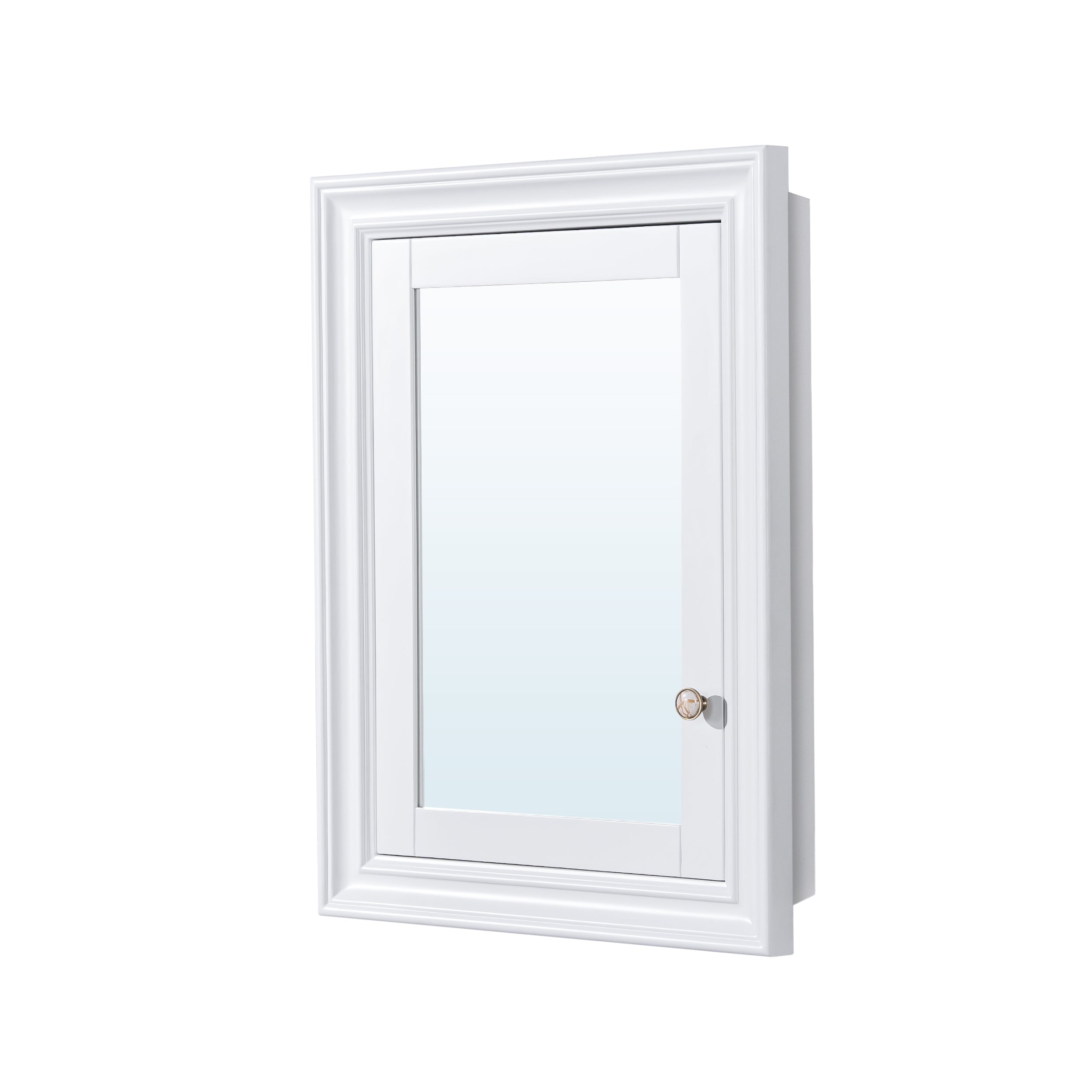
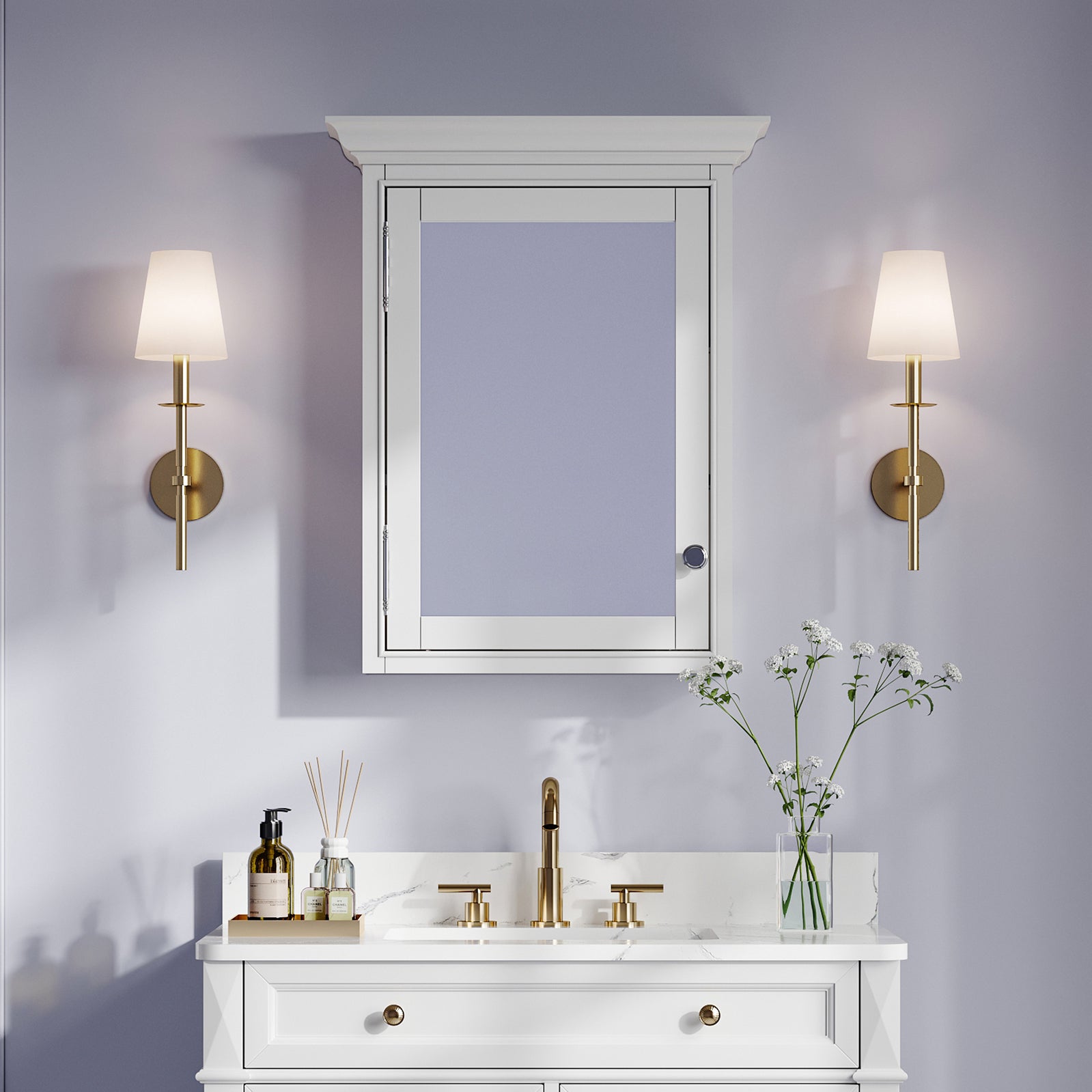
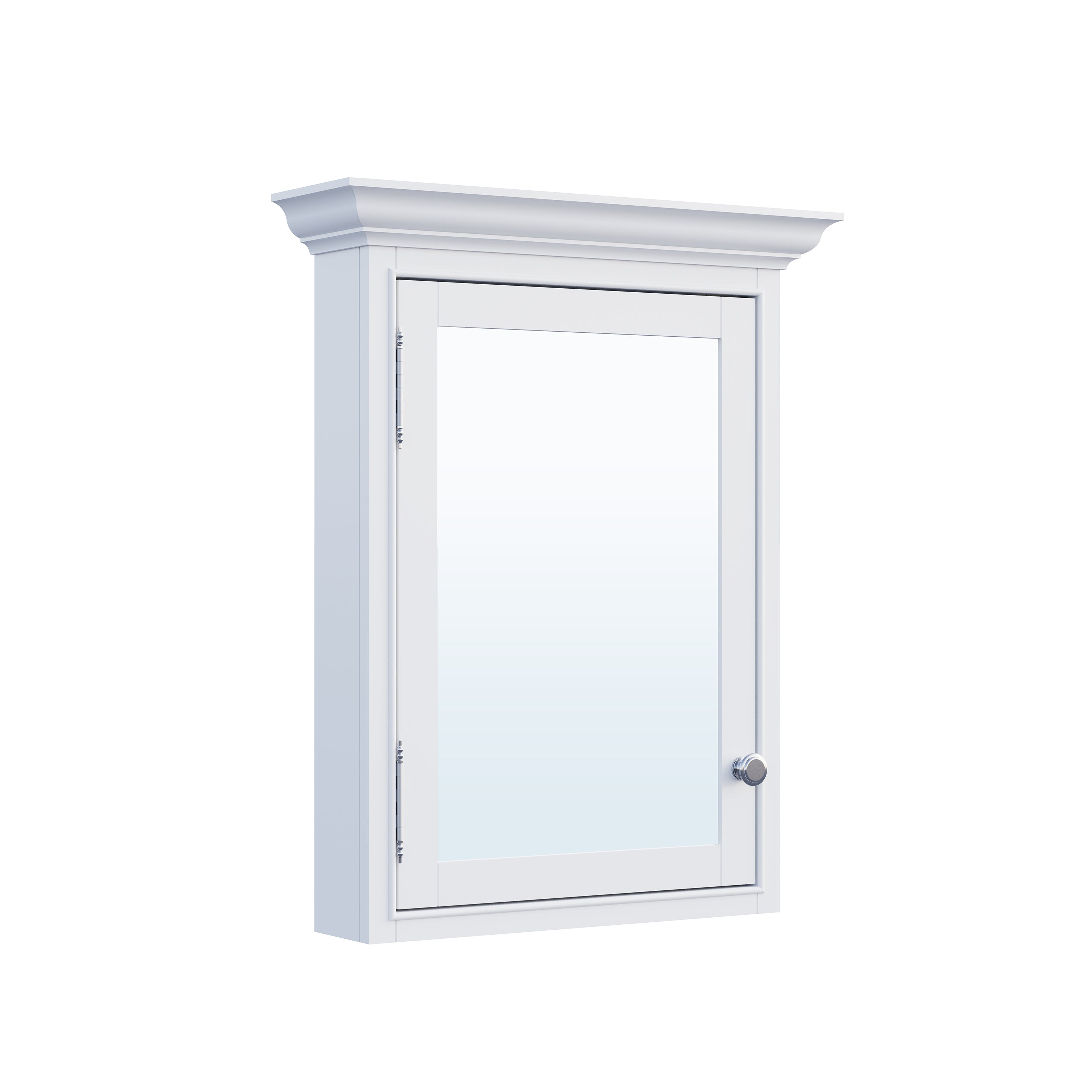
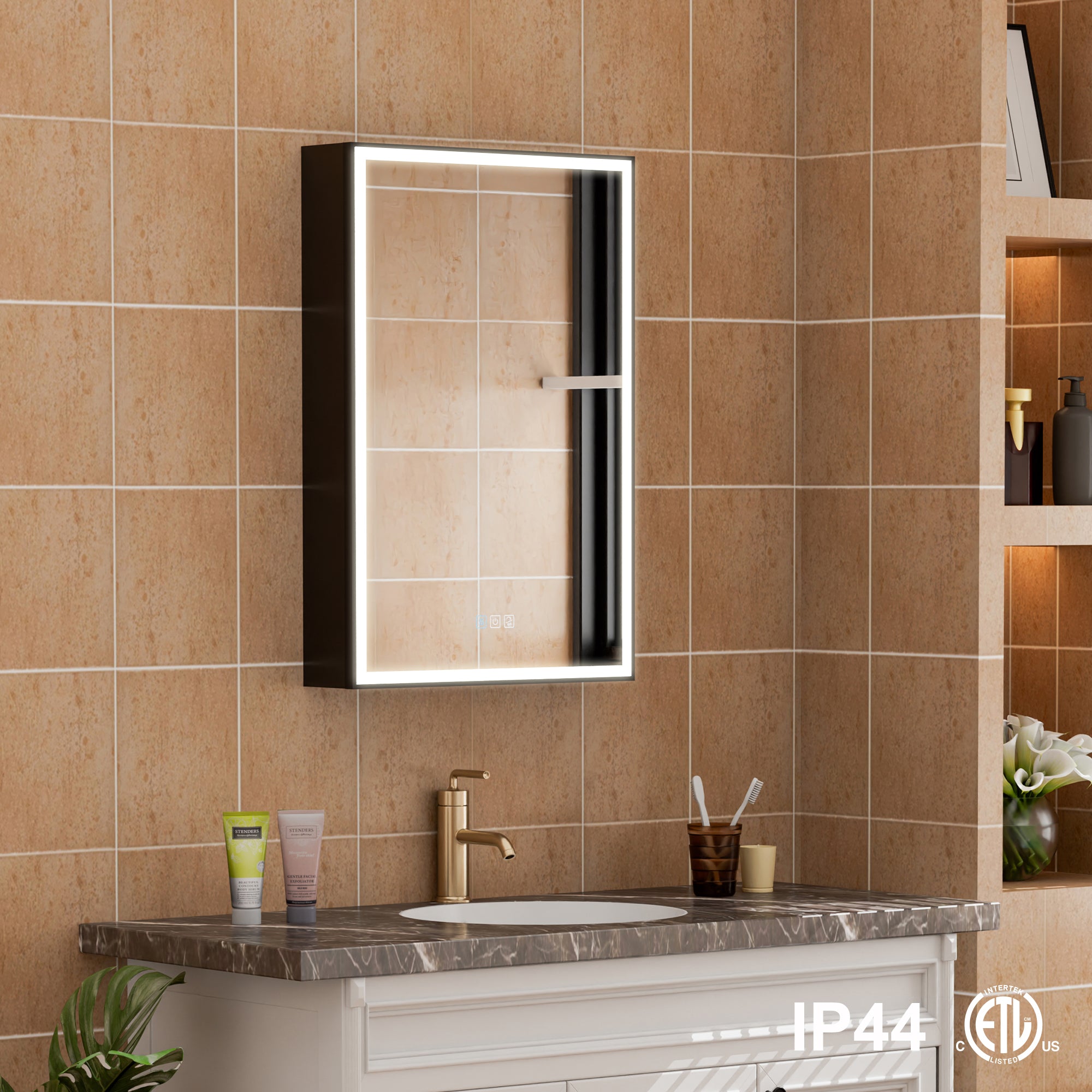
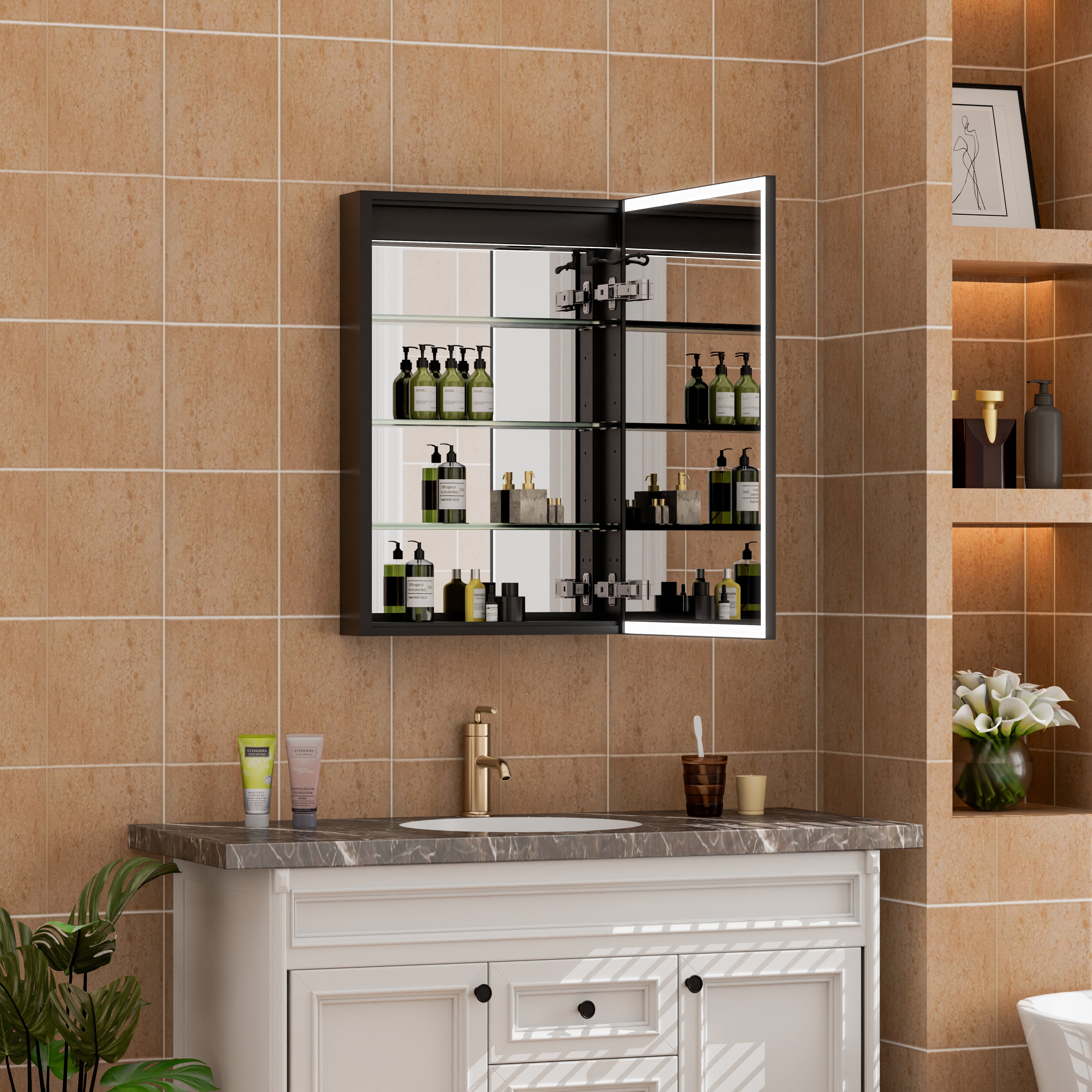
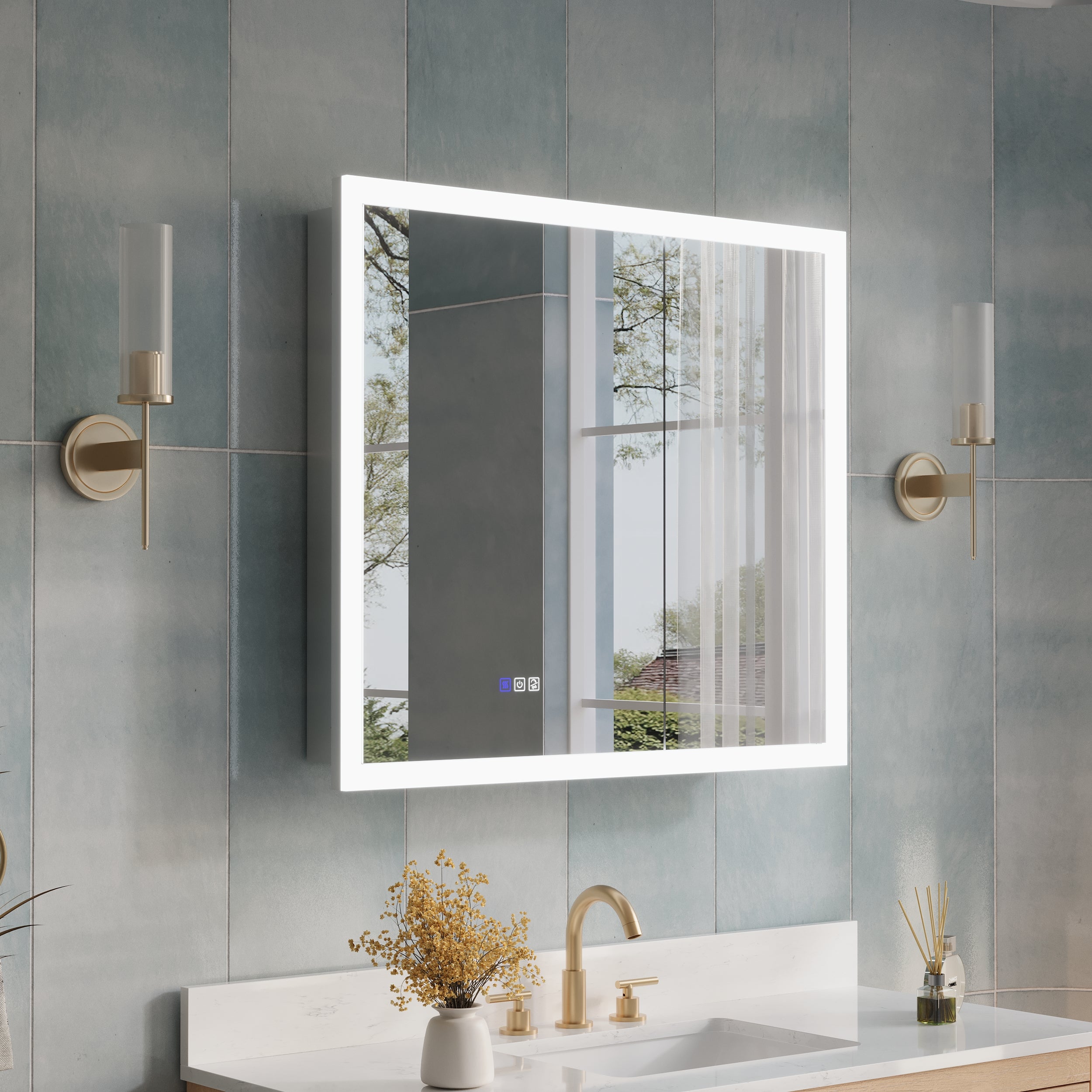

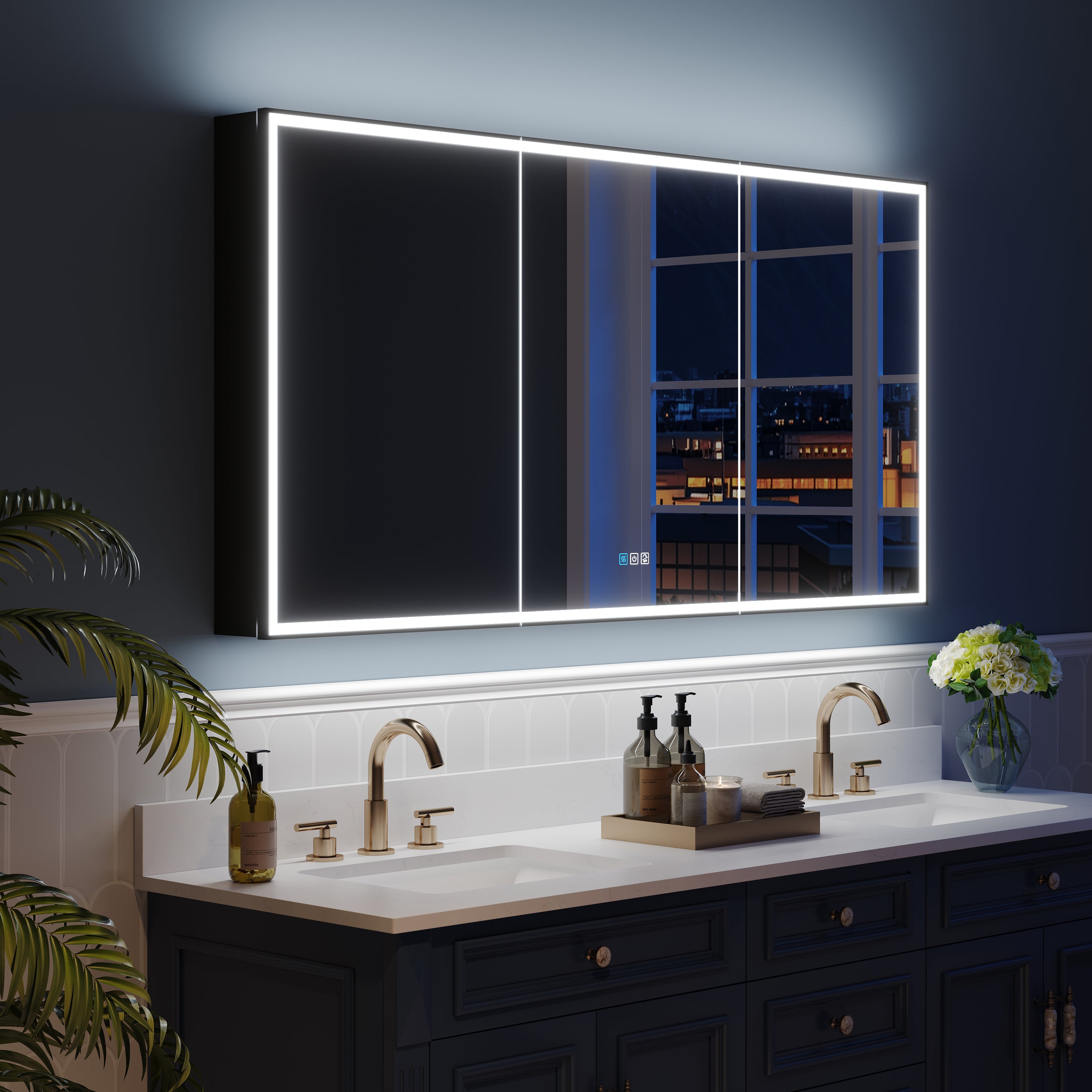
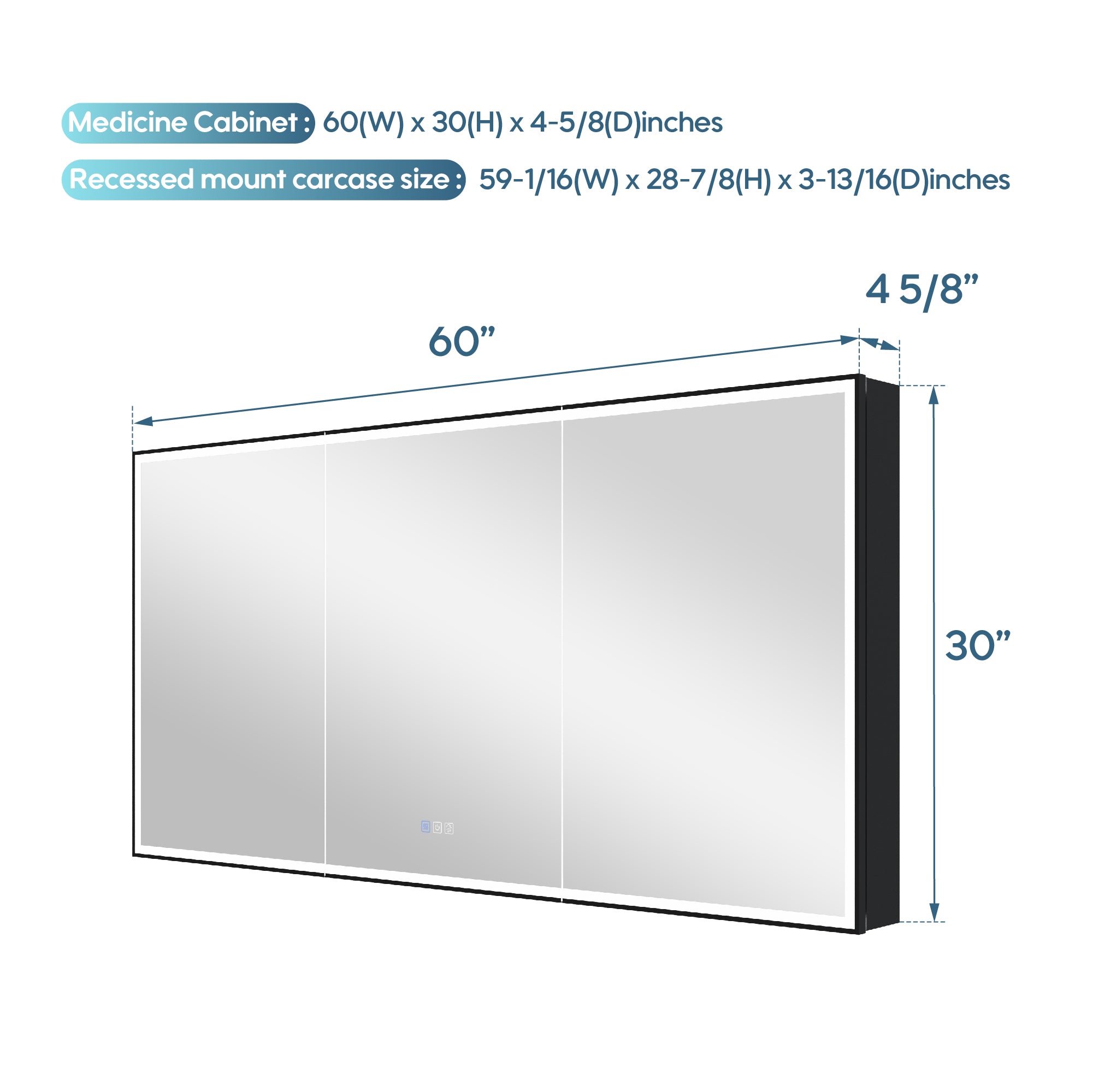
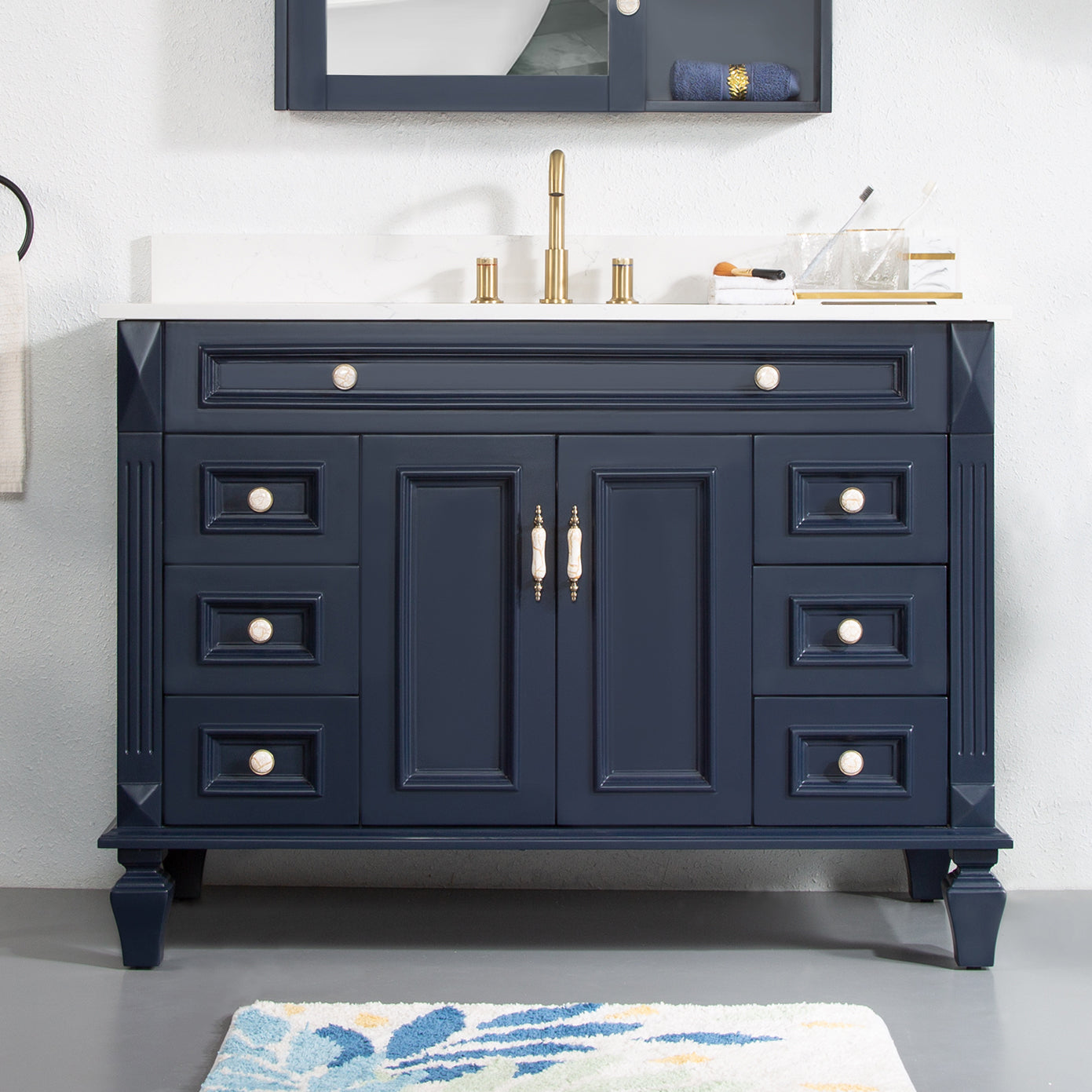
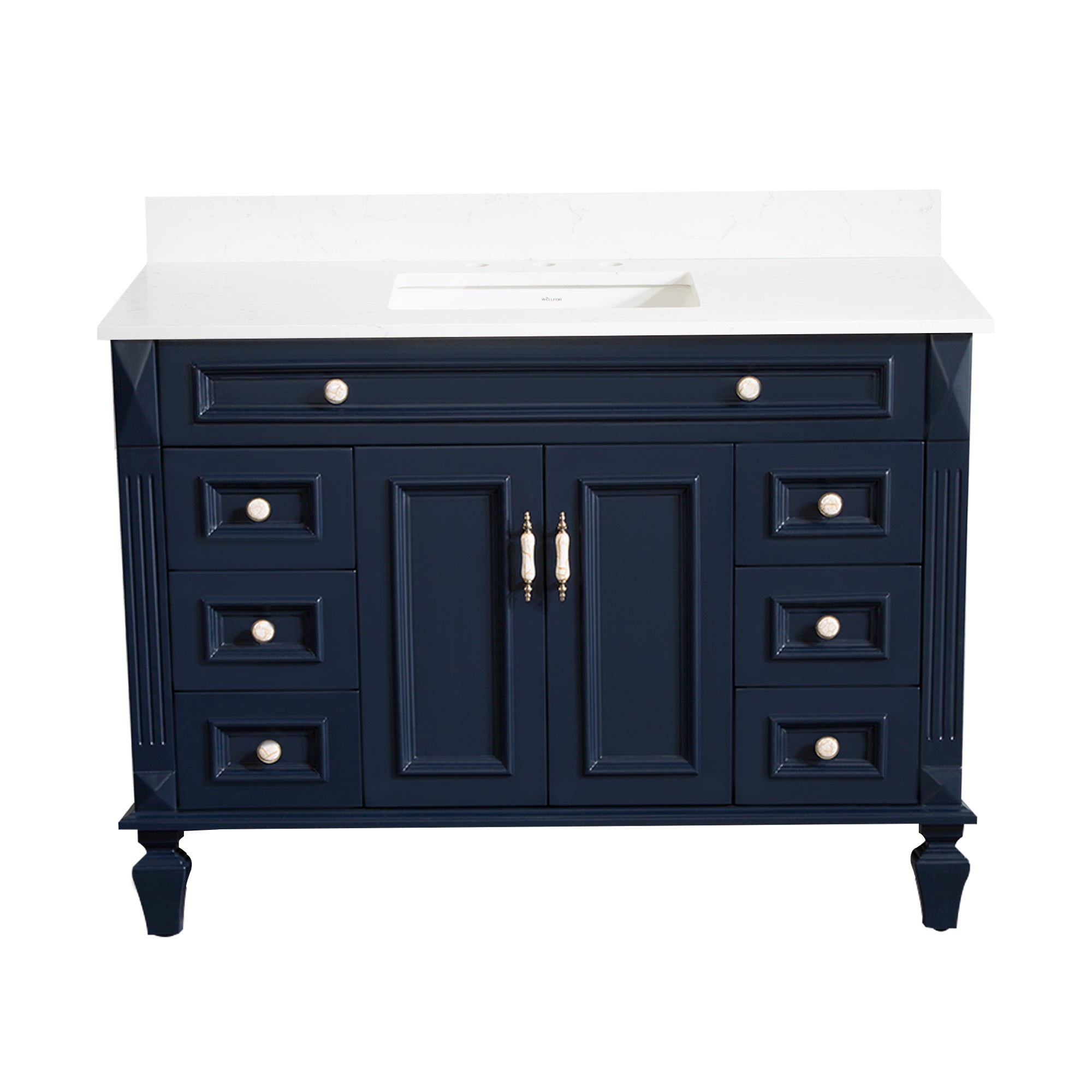


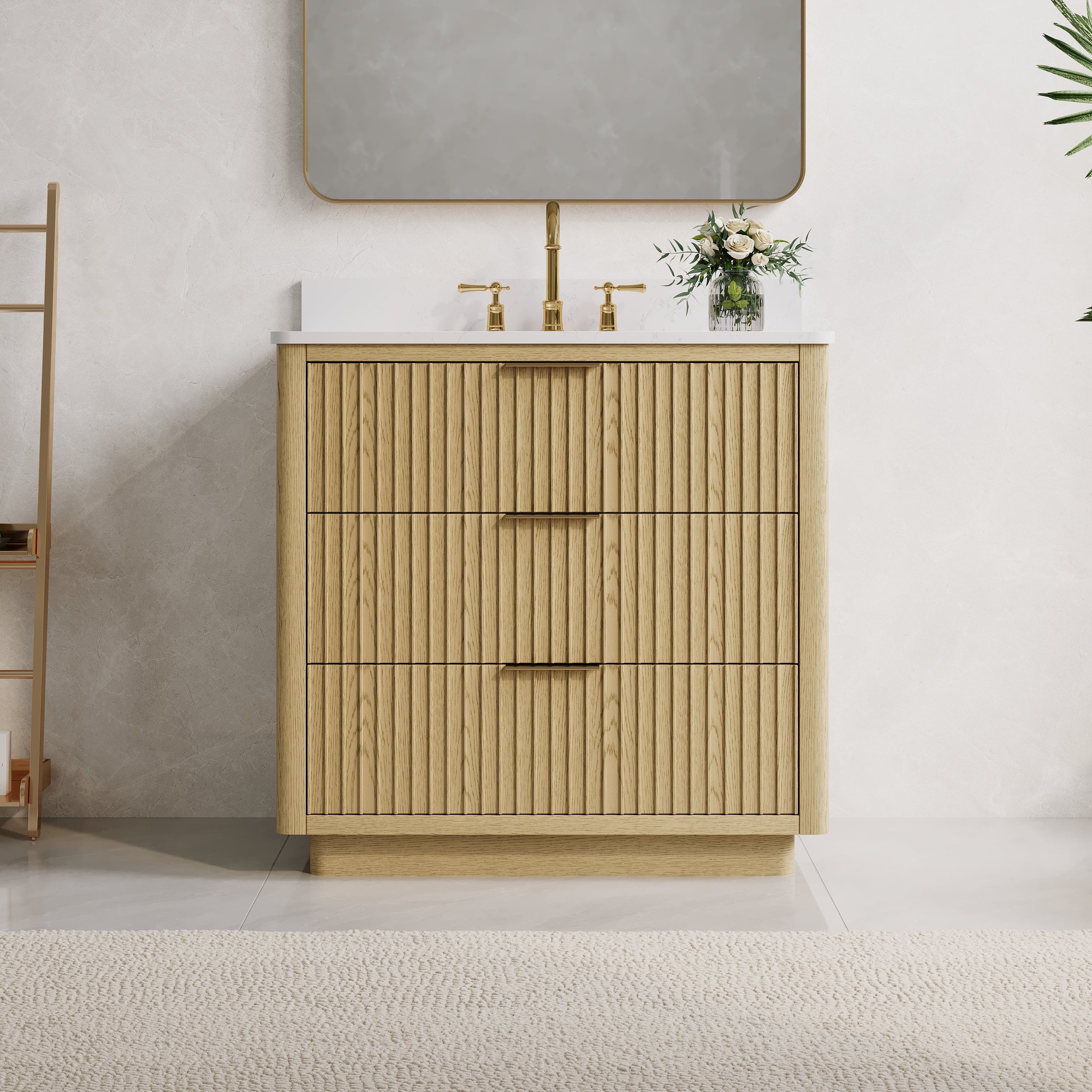
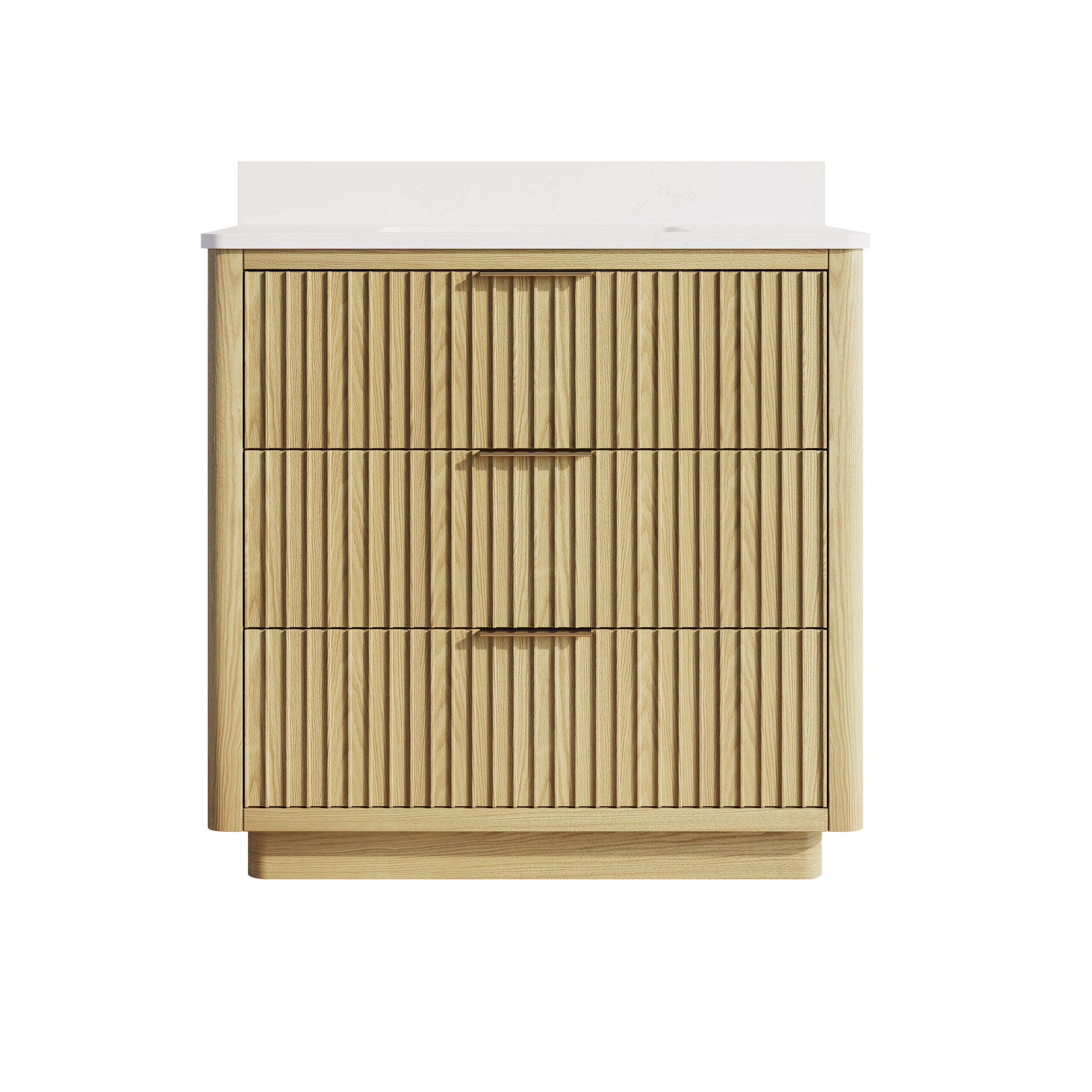

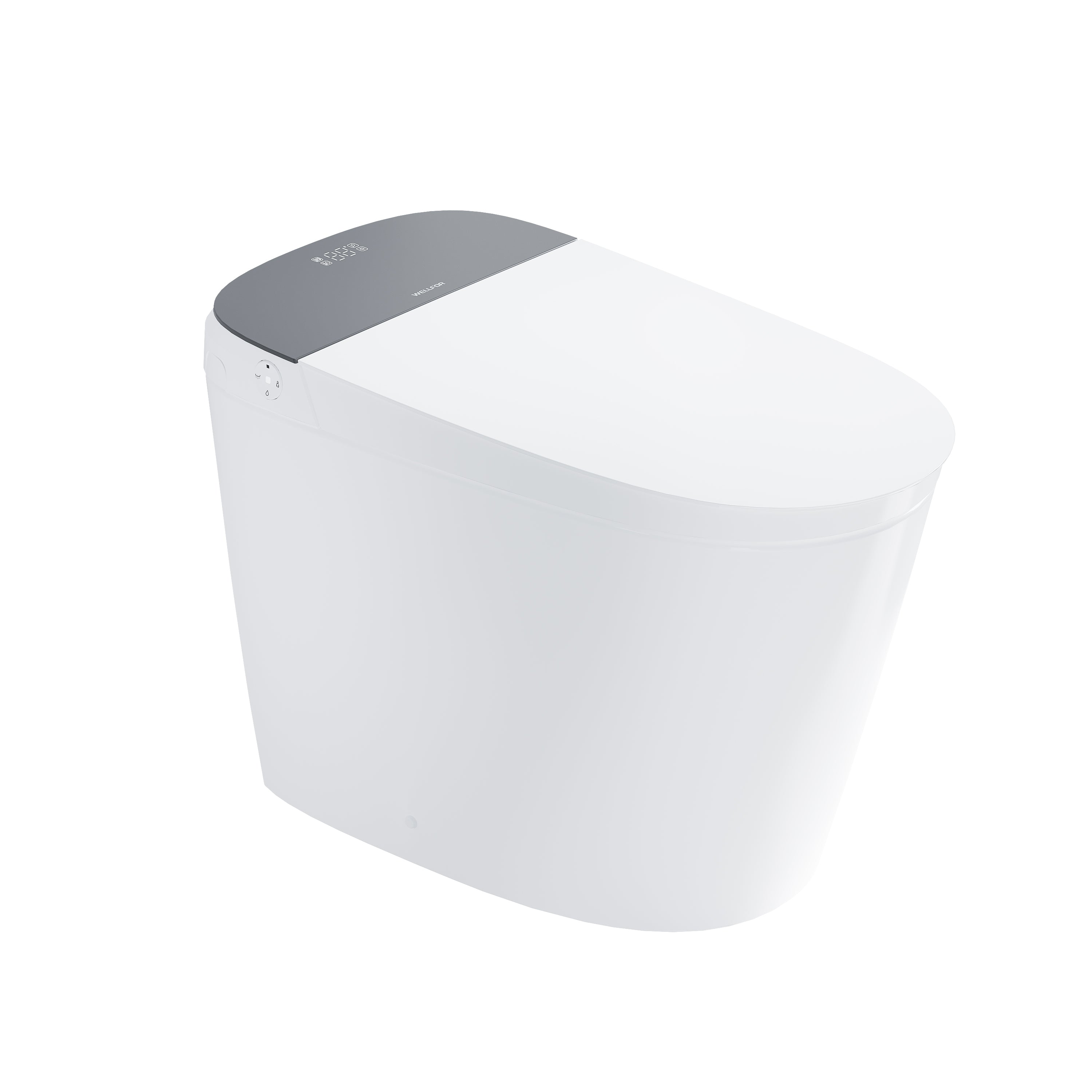
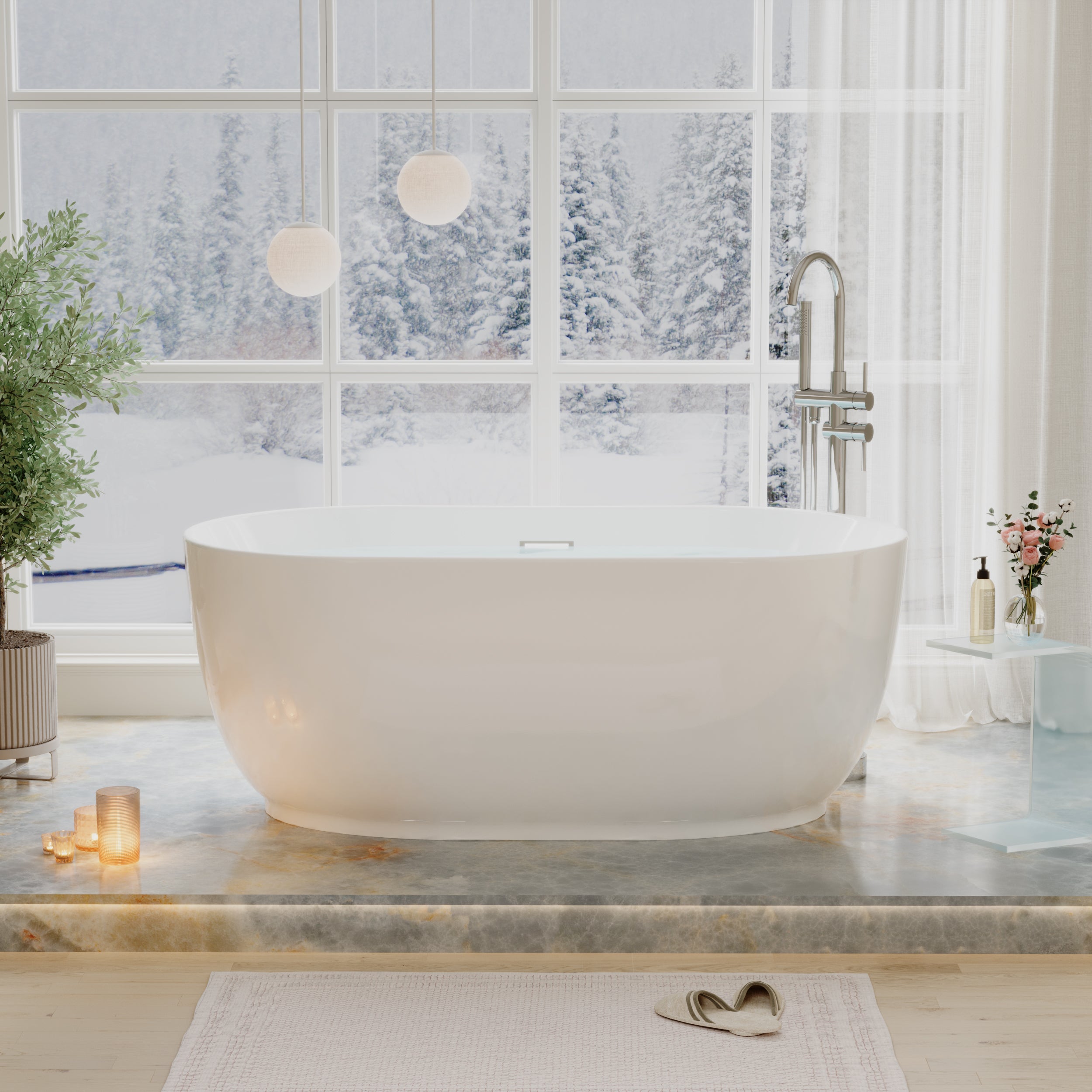
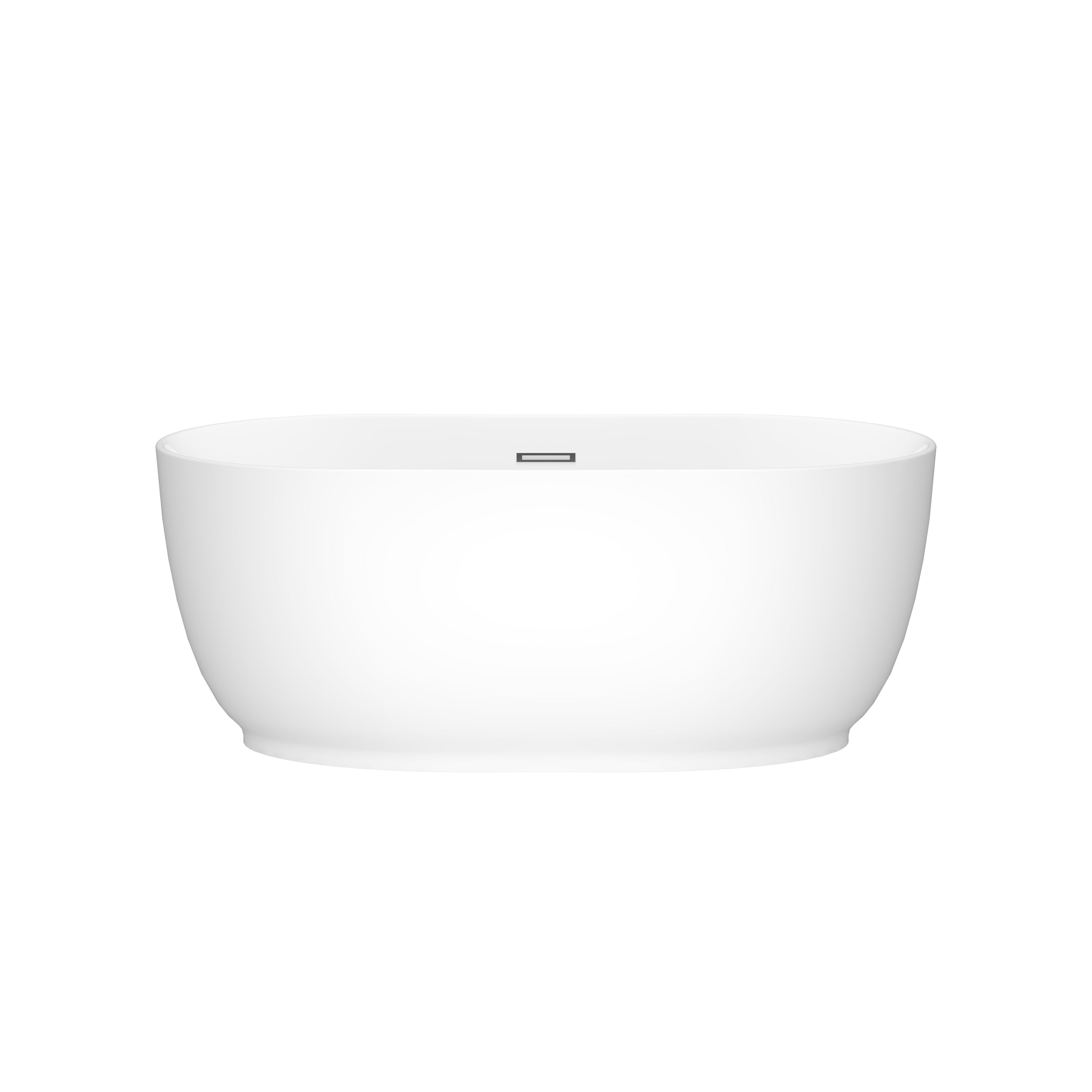
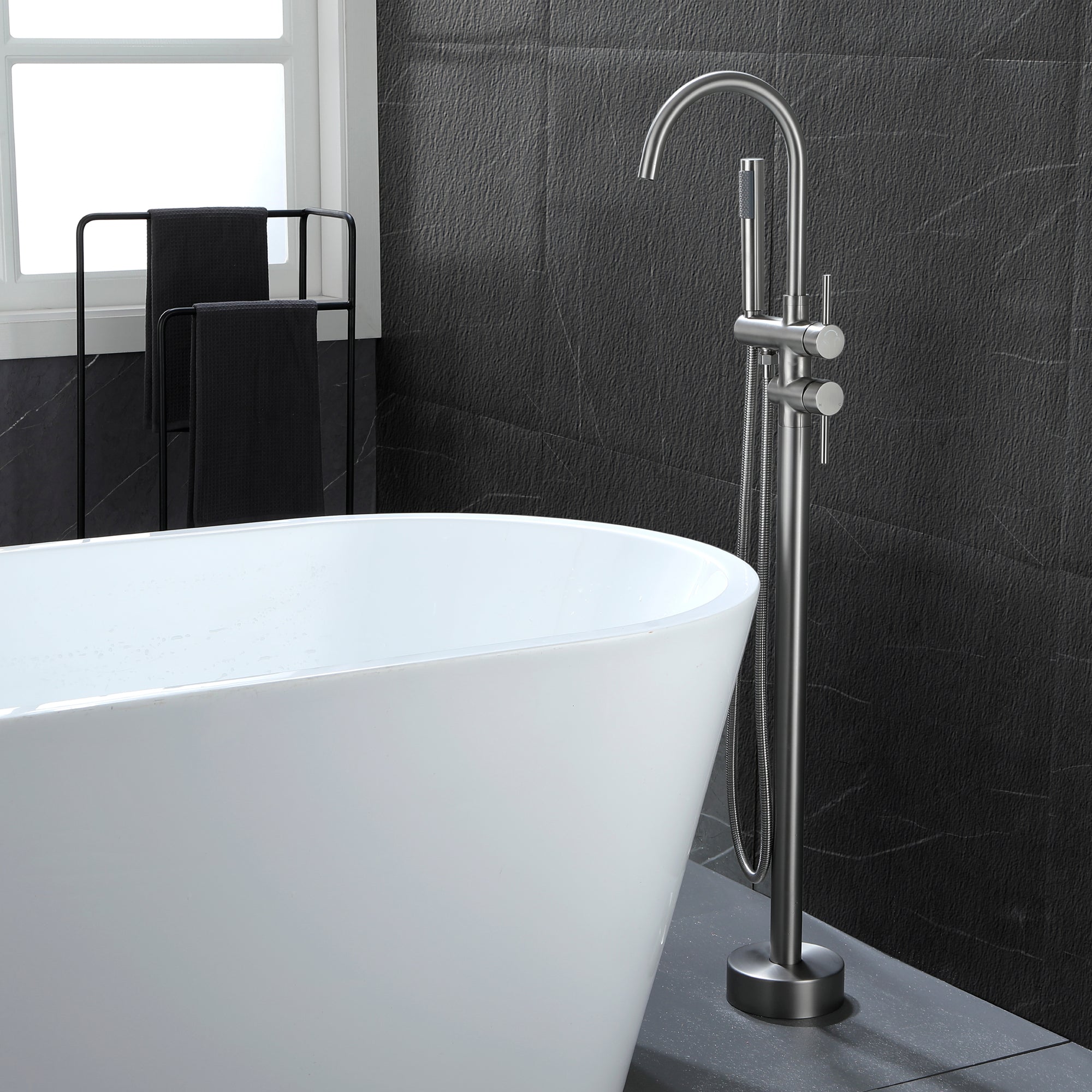


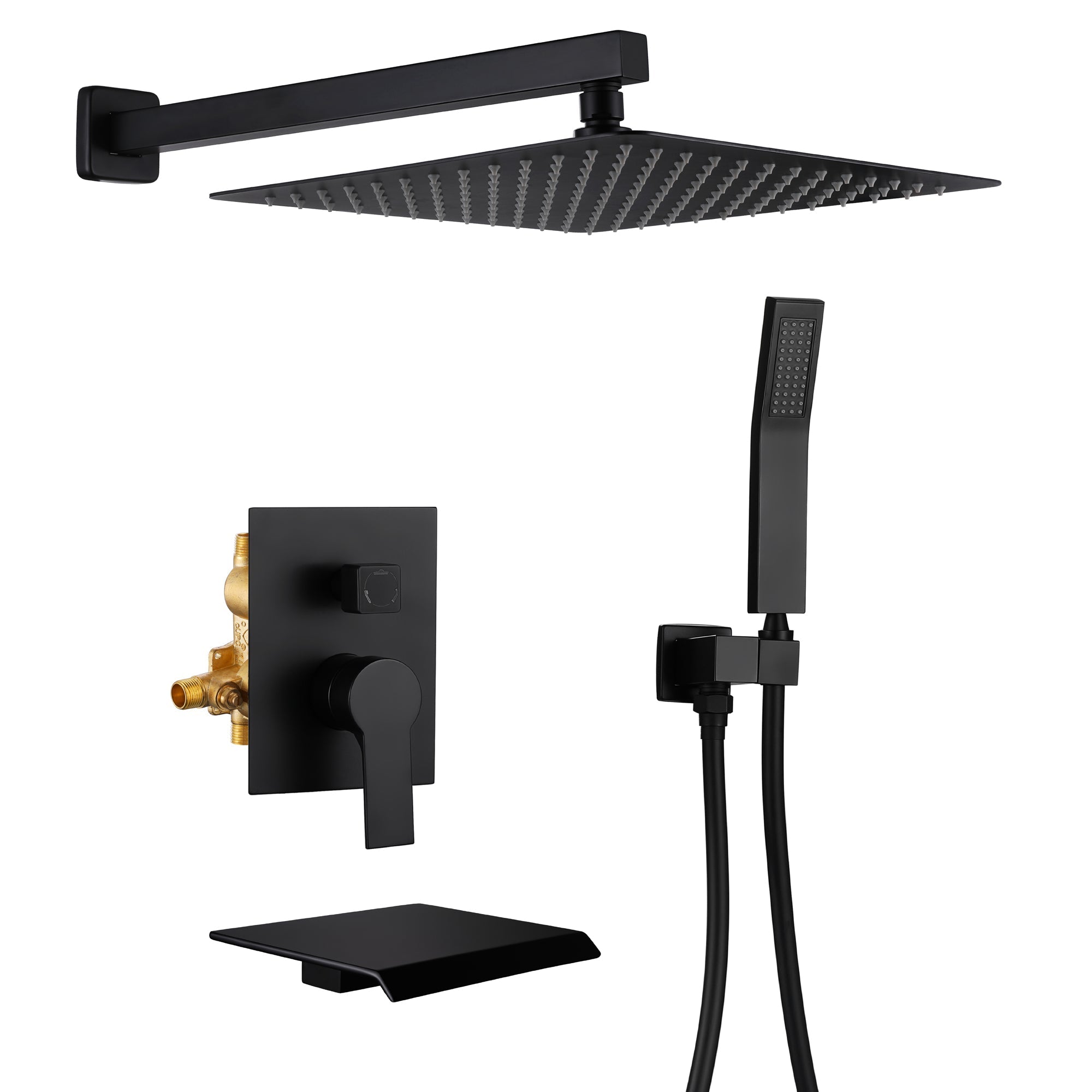
Leave a comment
This site is protected by hCaptcha and the hCaptcha Privacy Policy and Terms of Service apply.